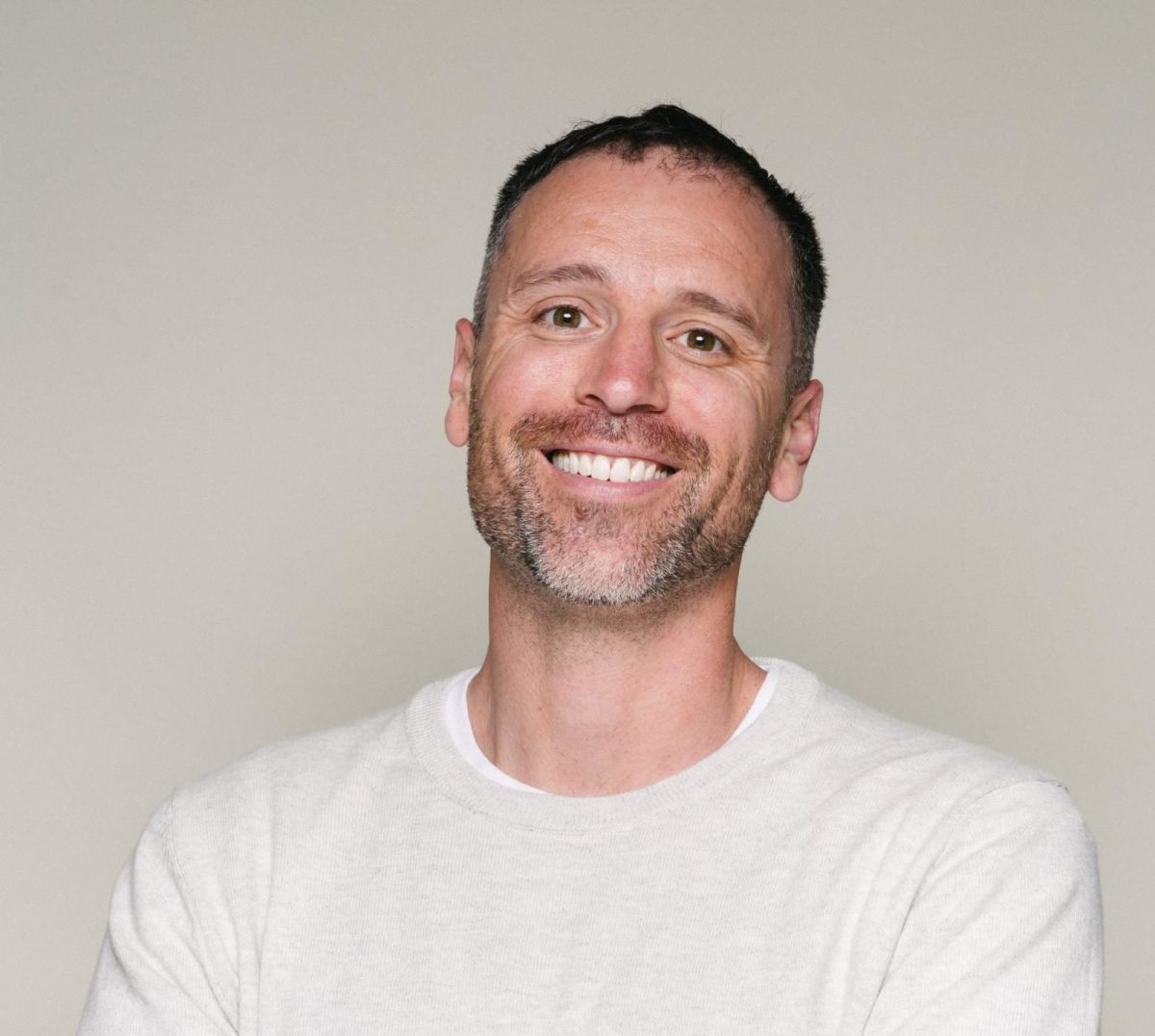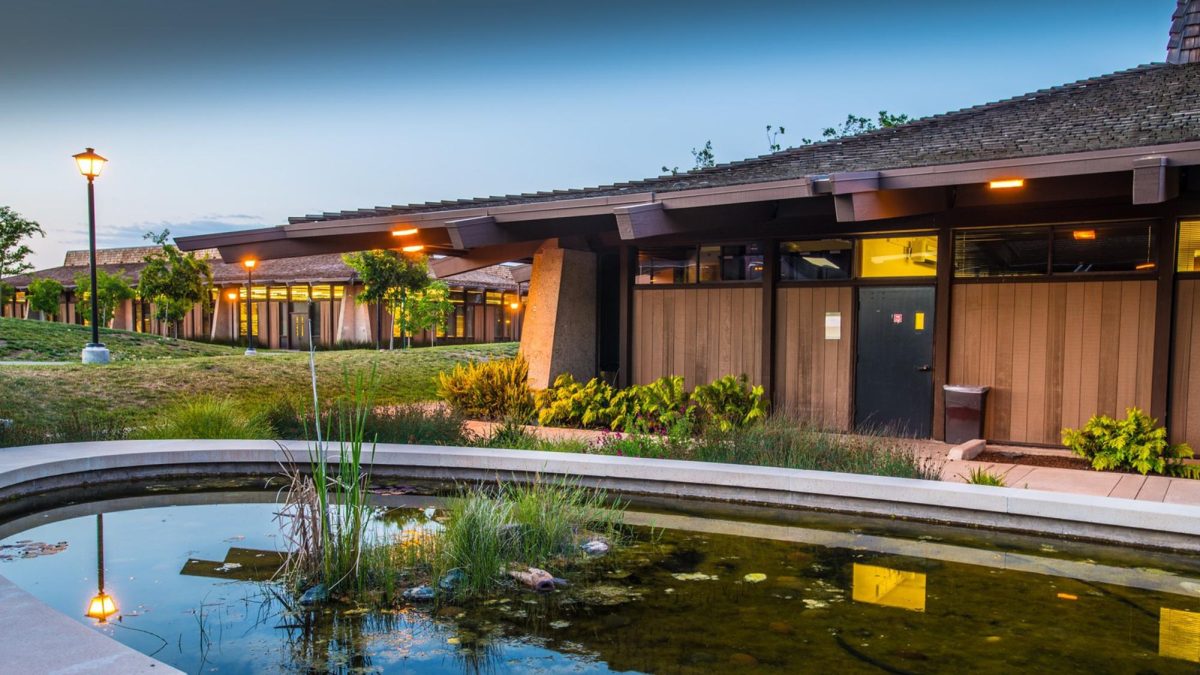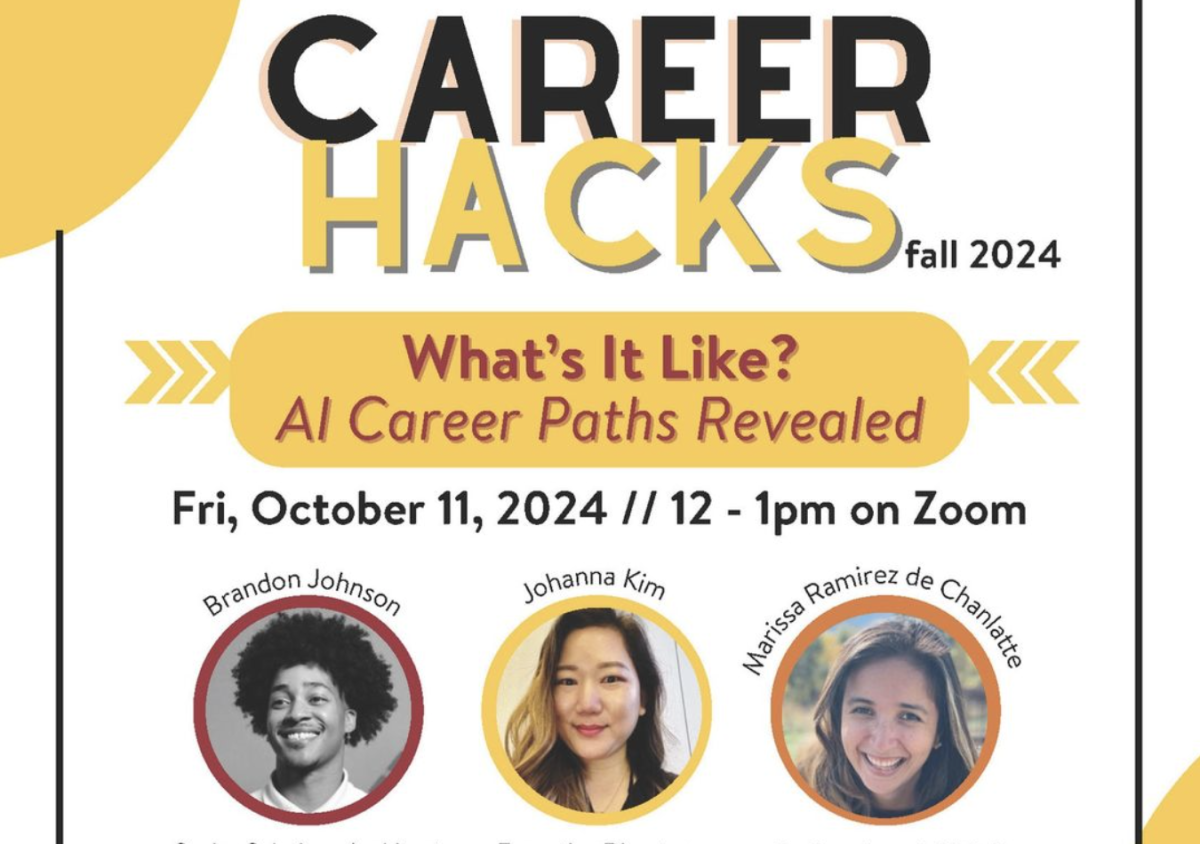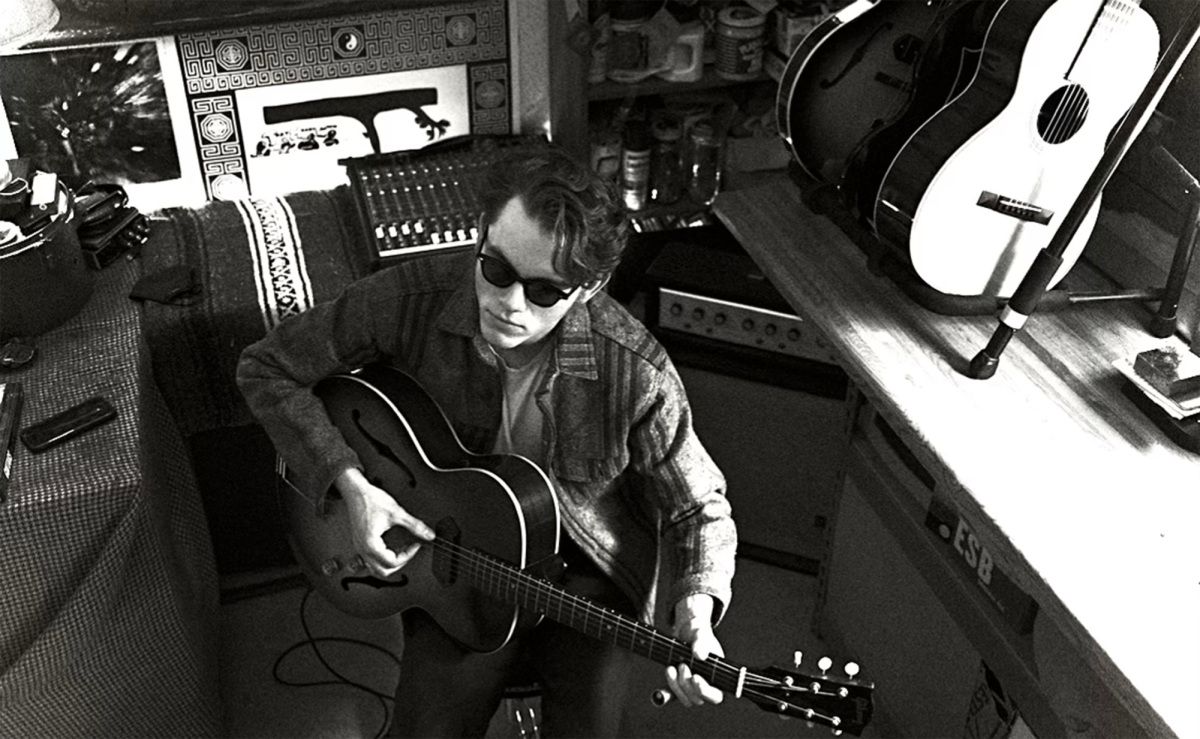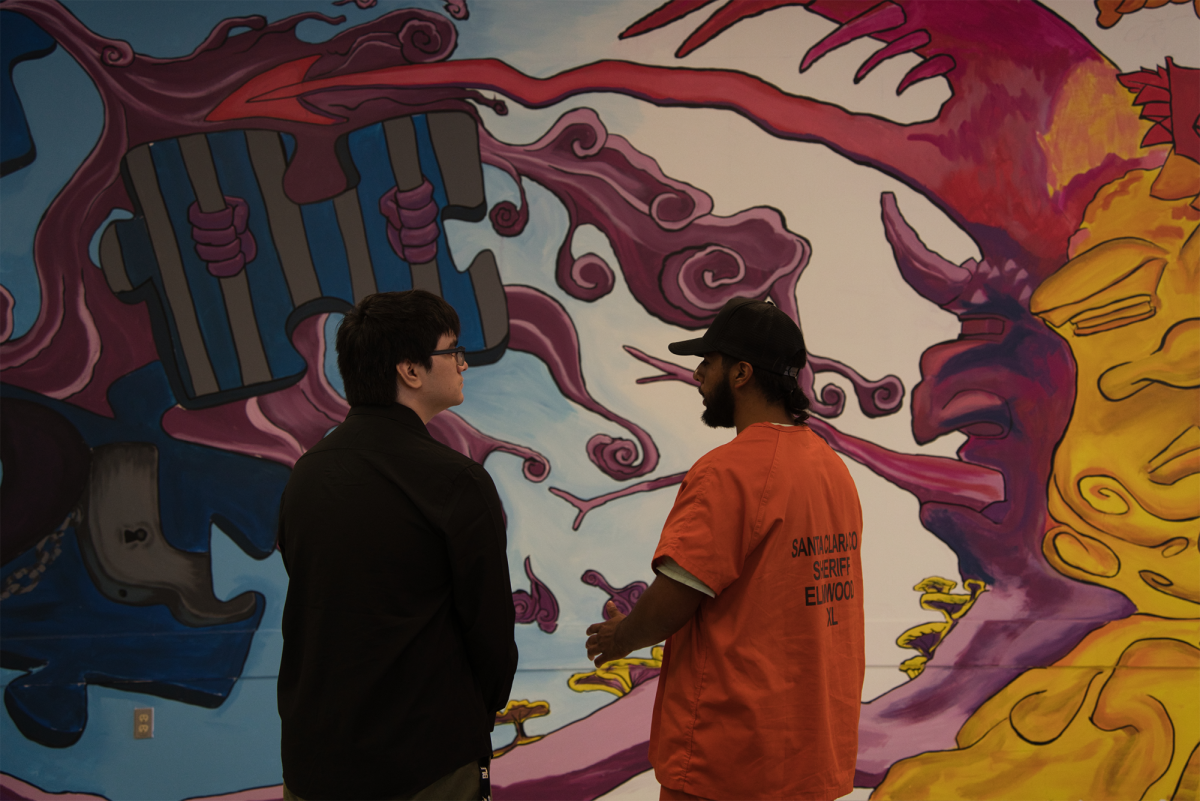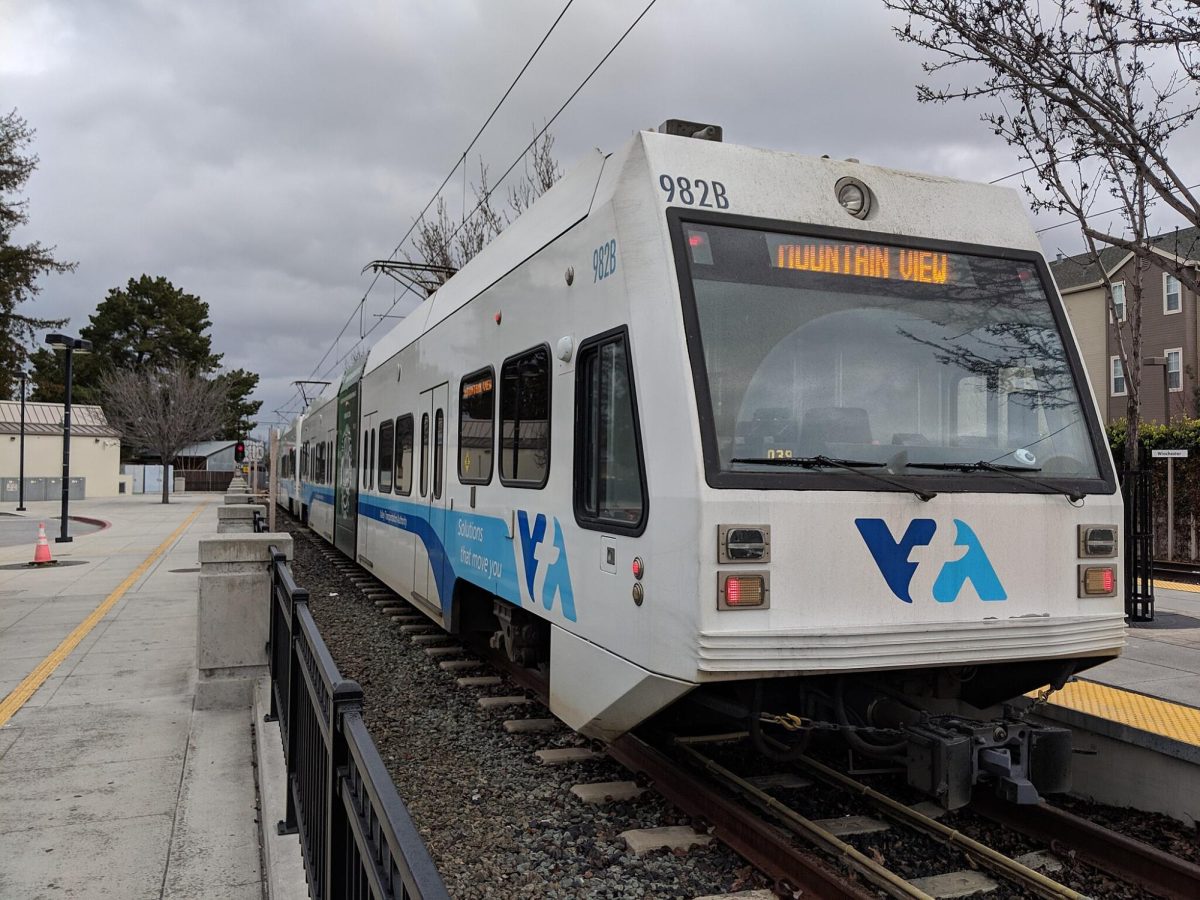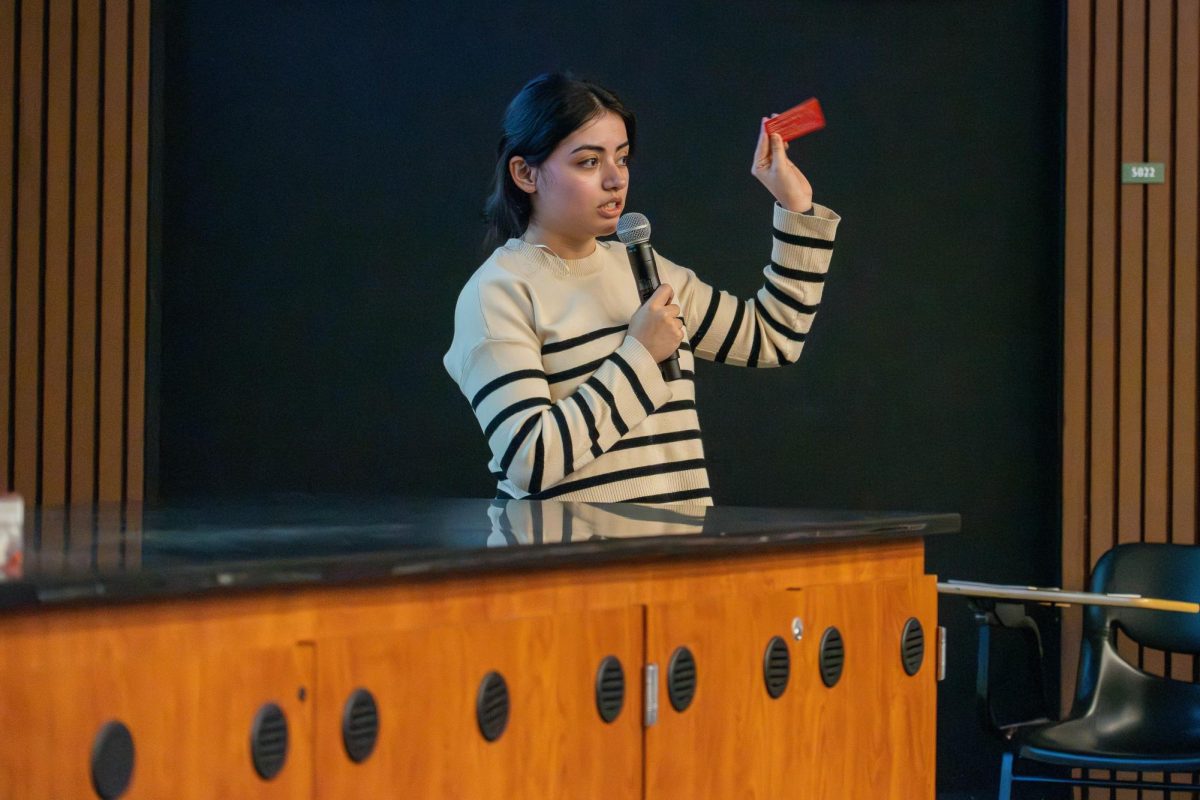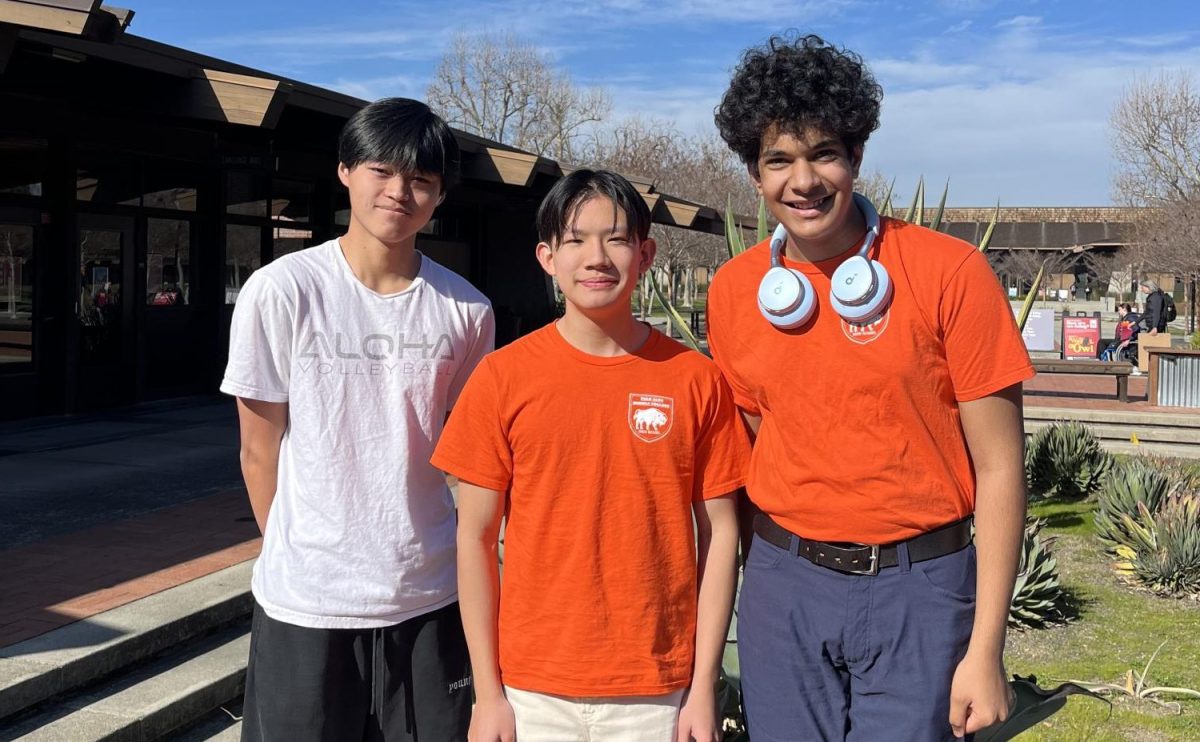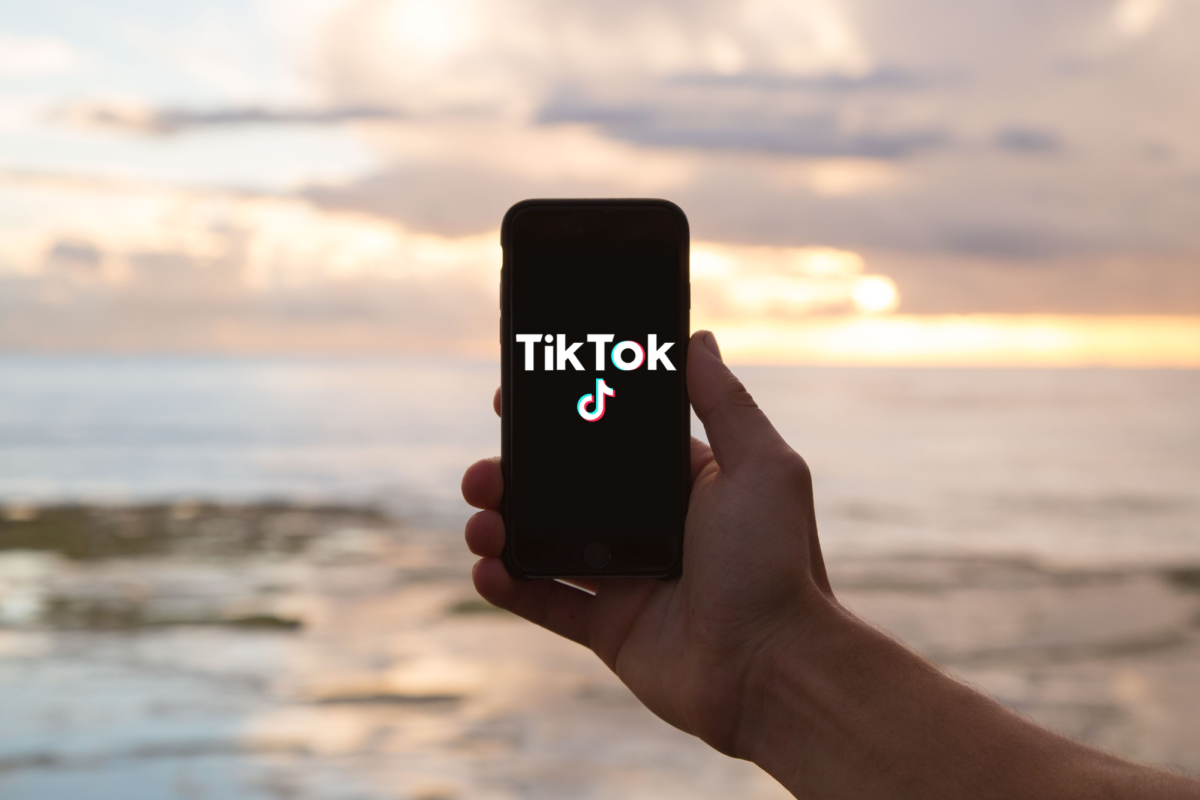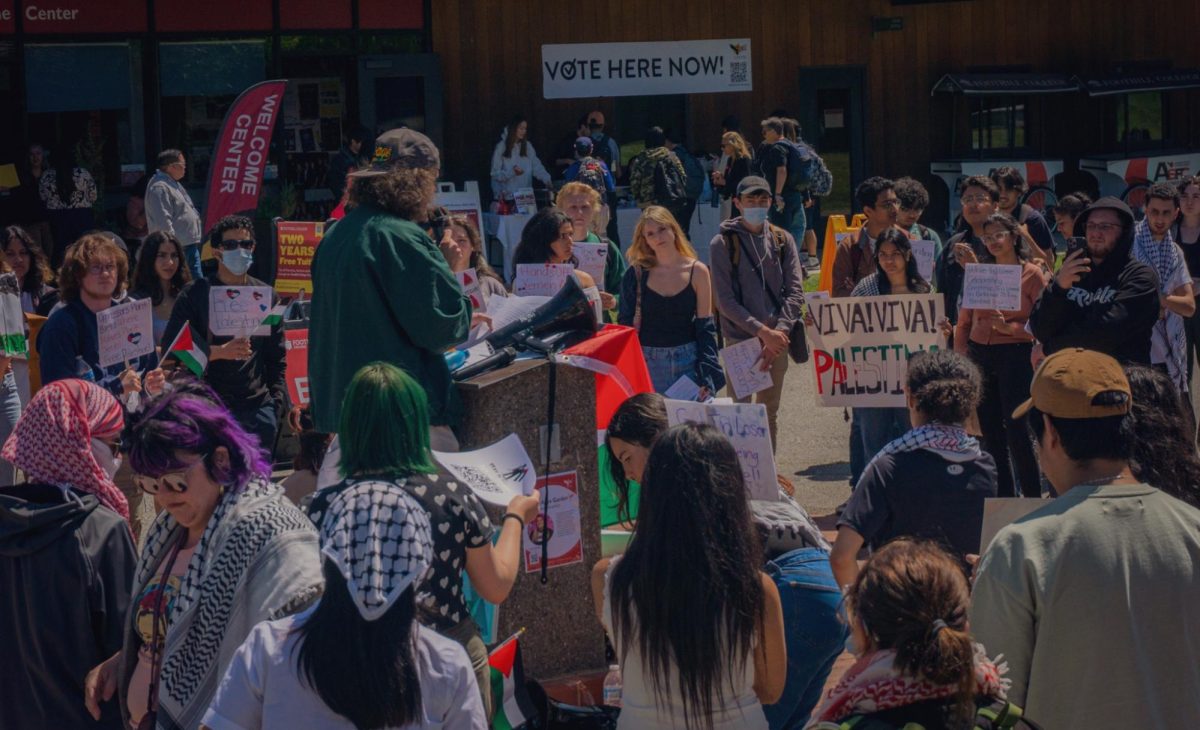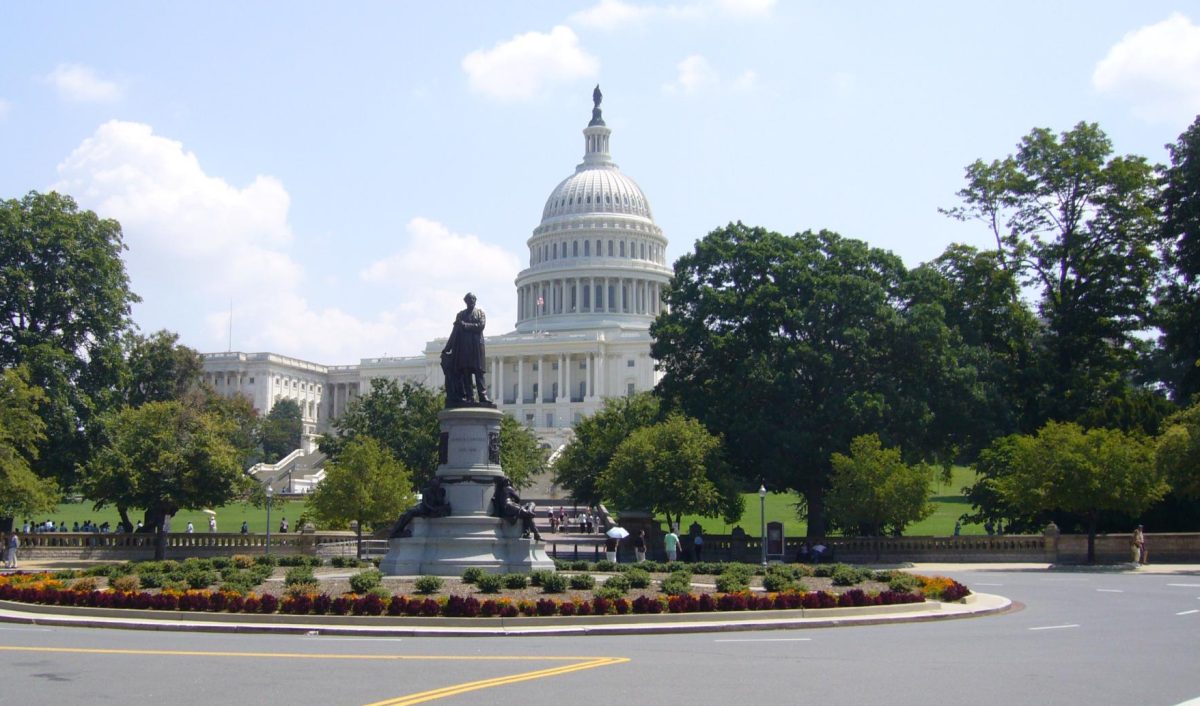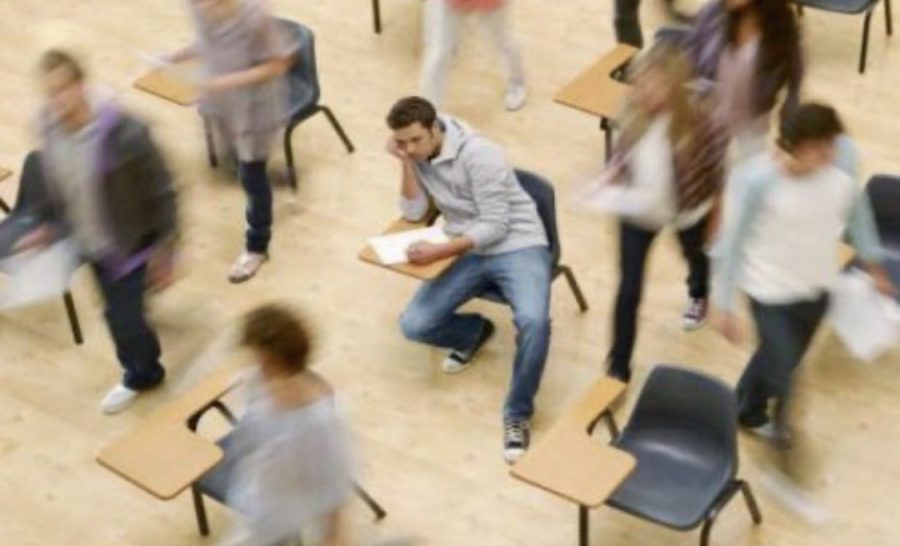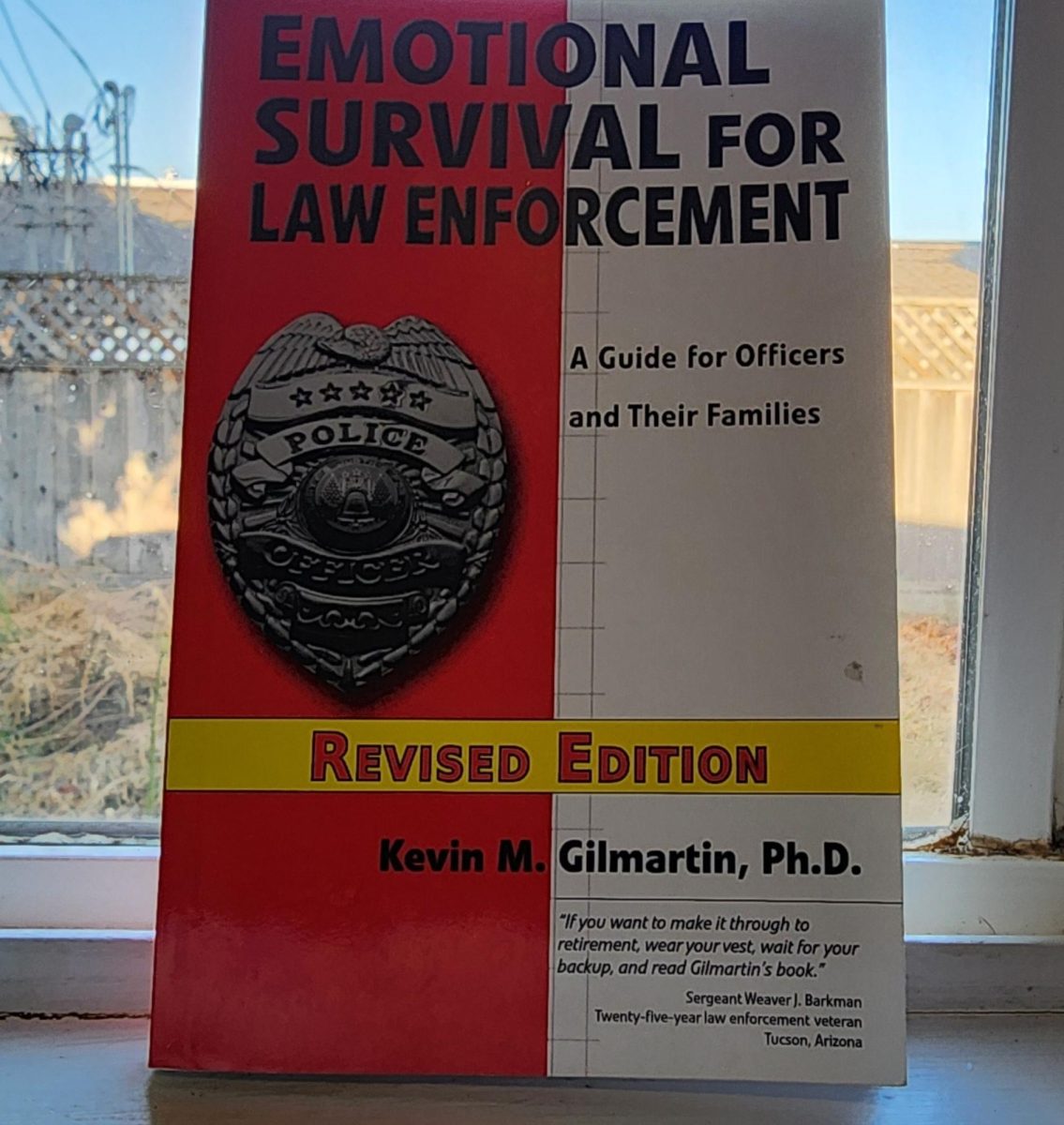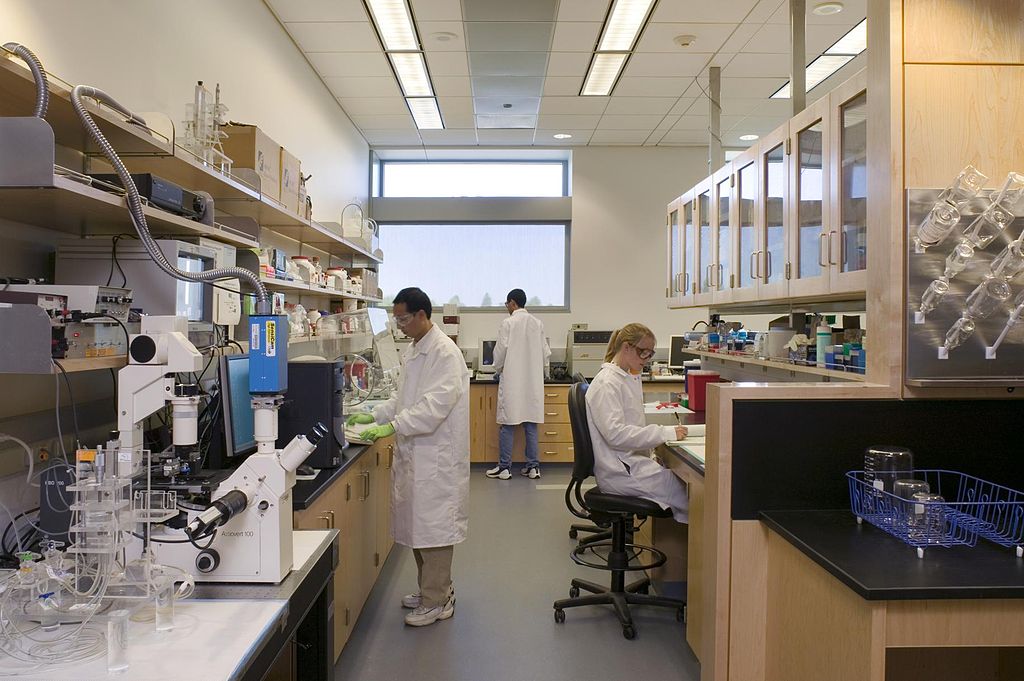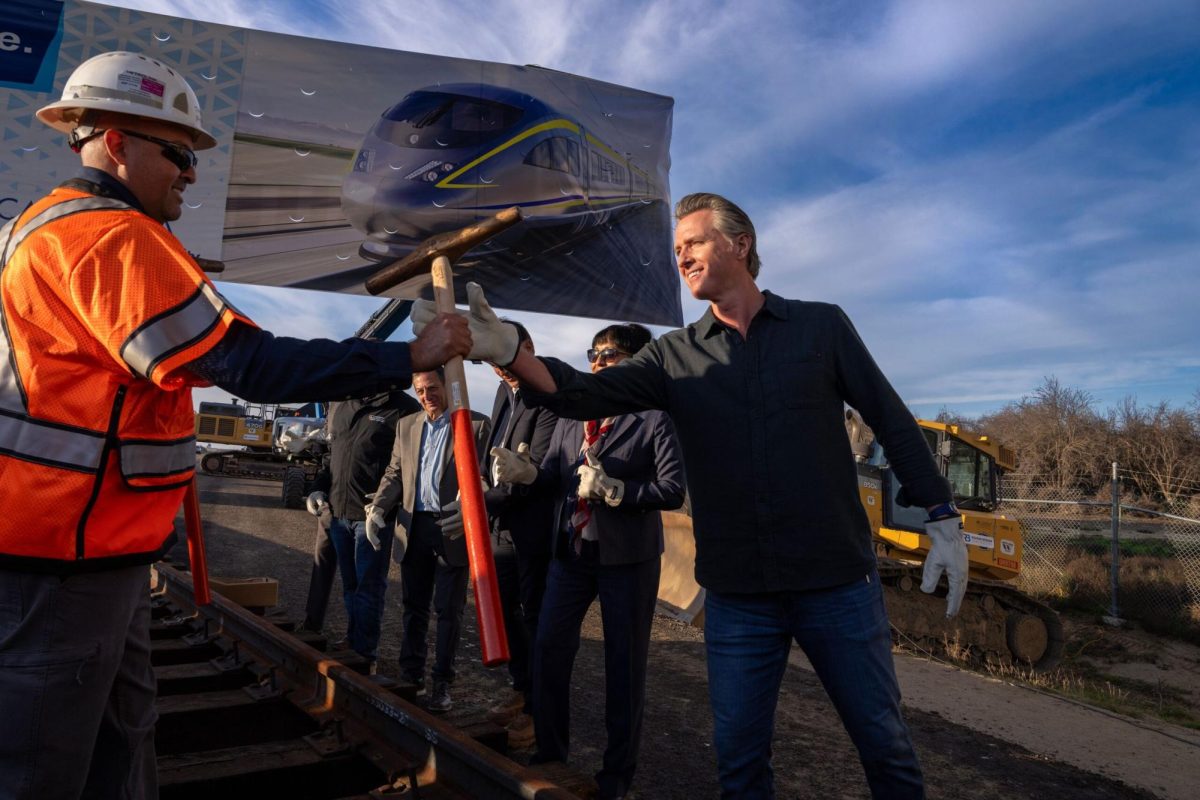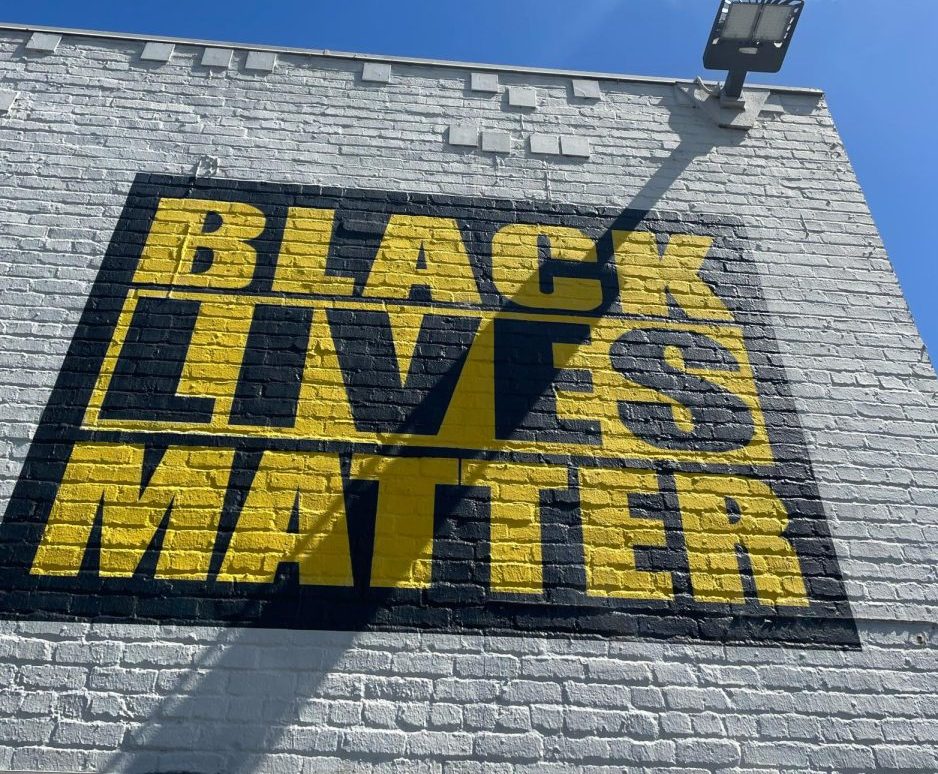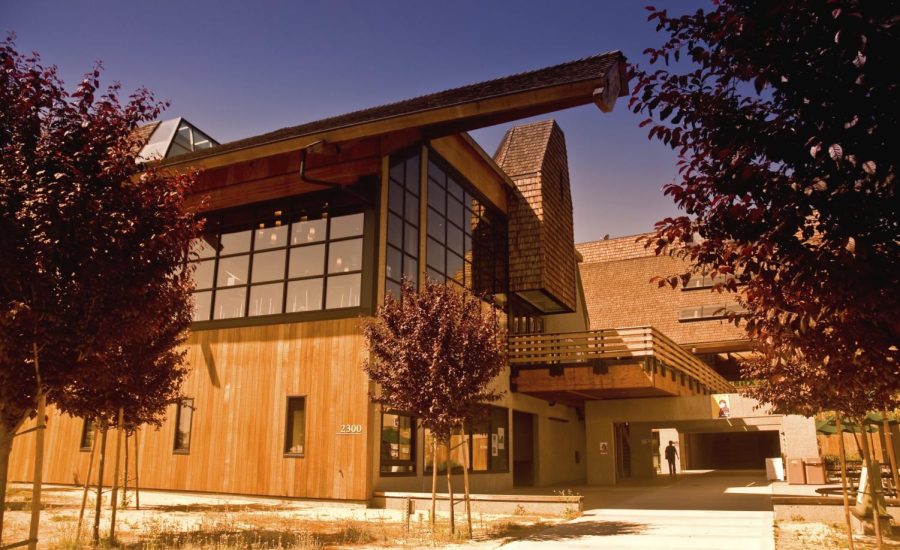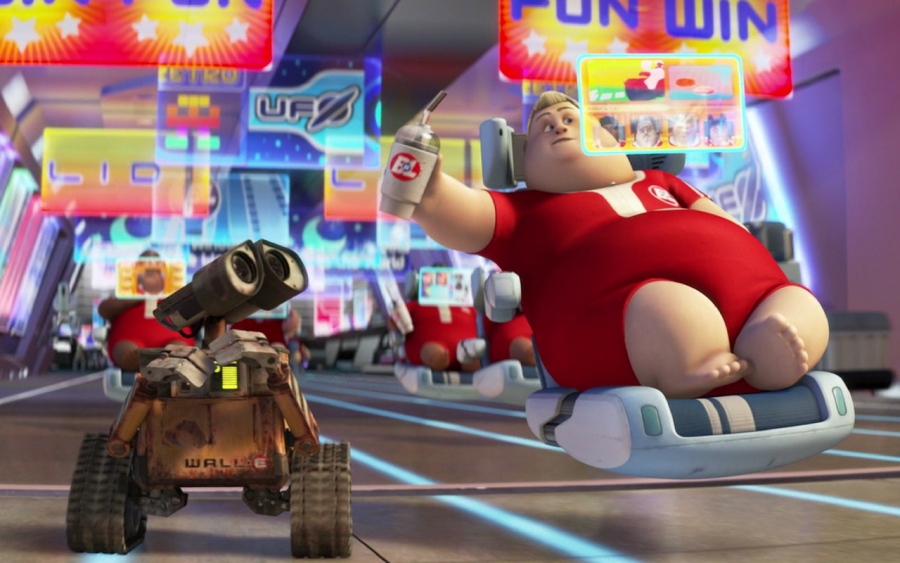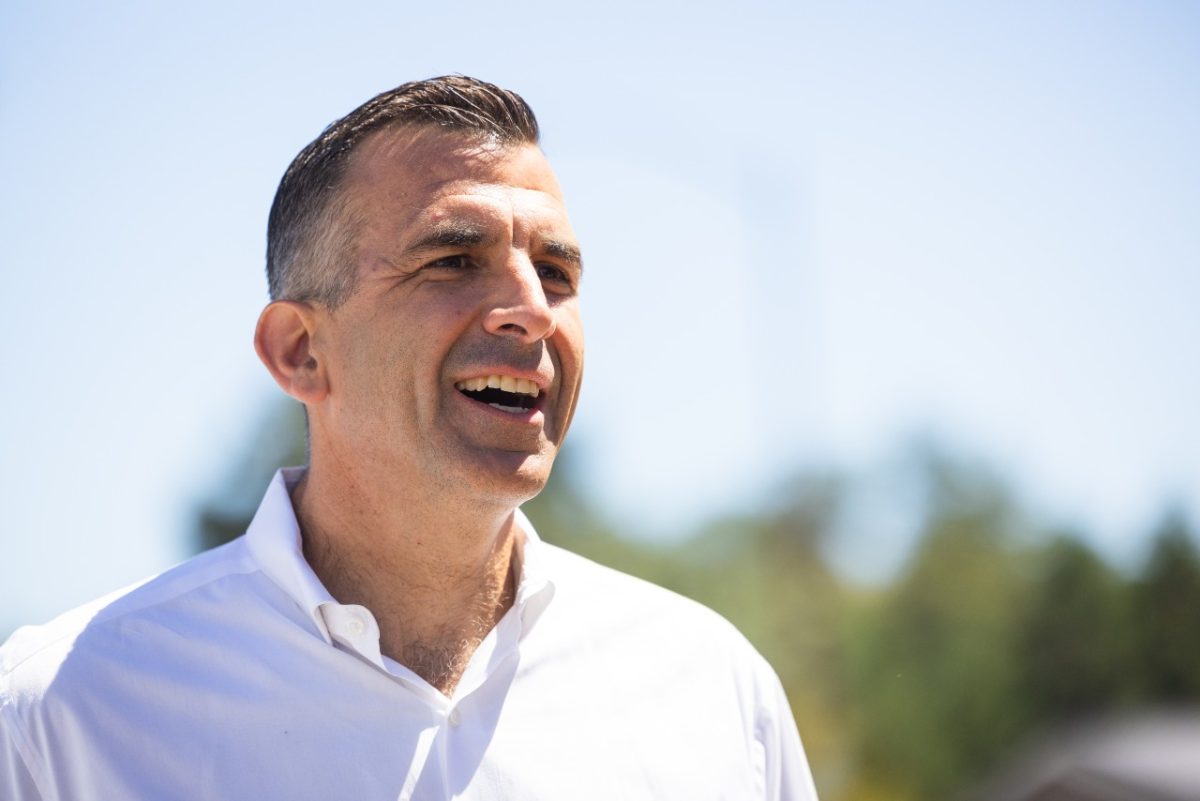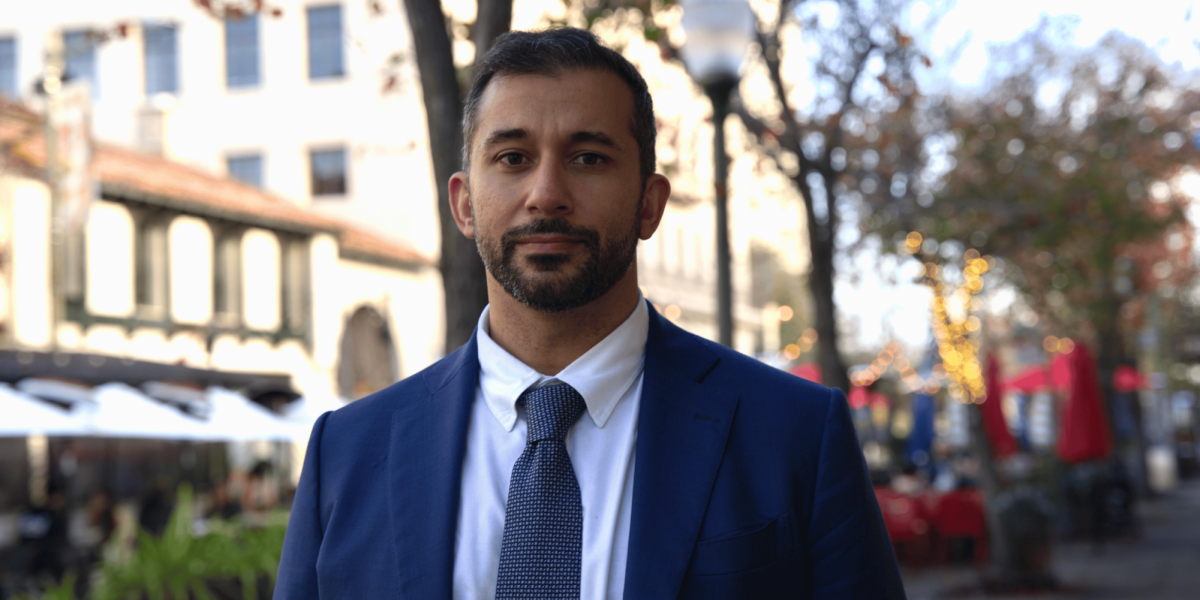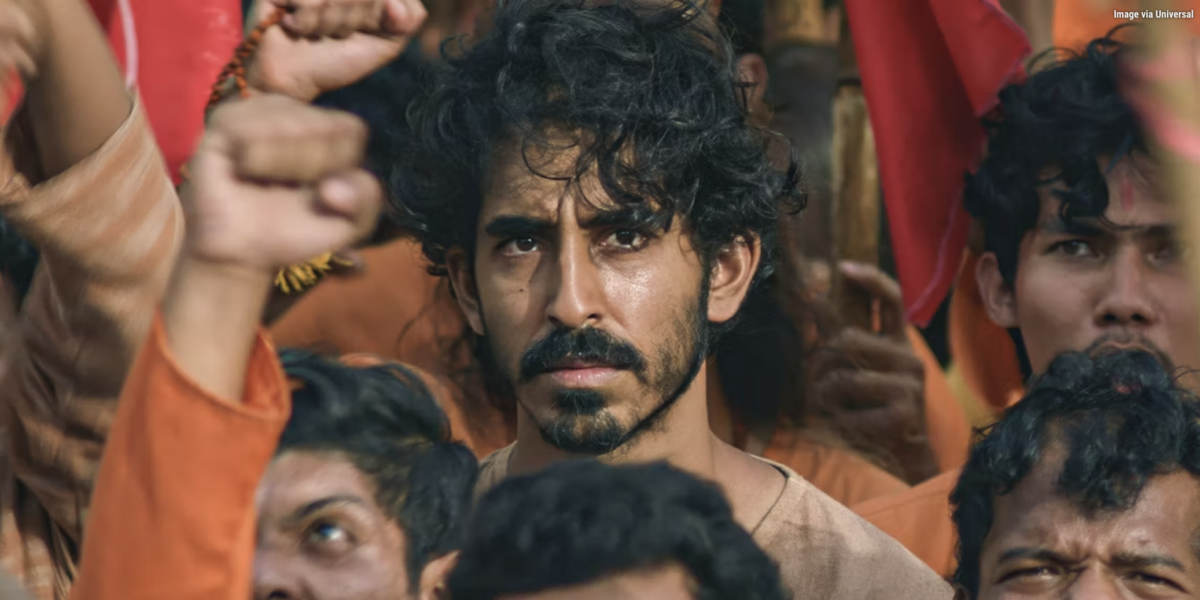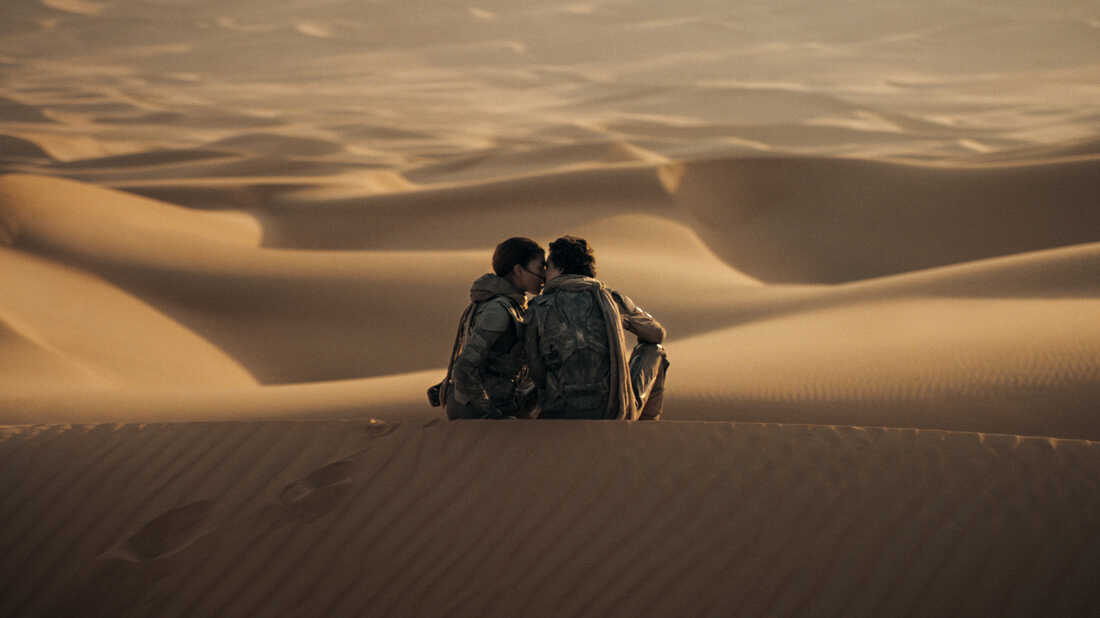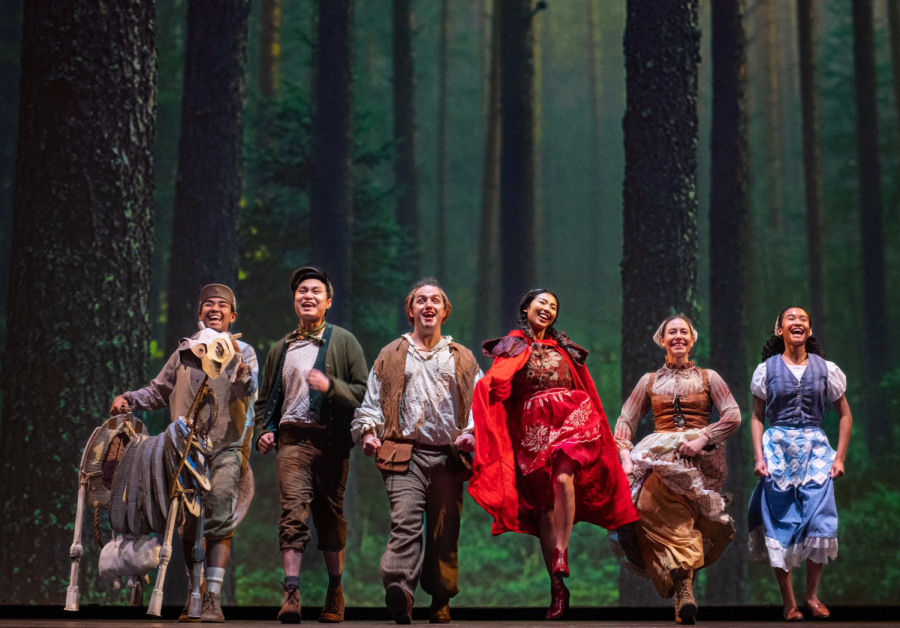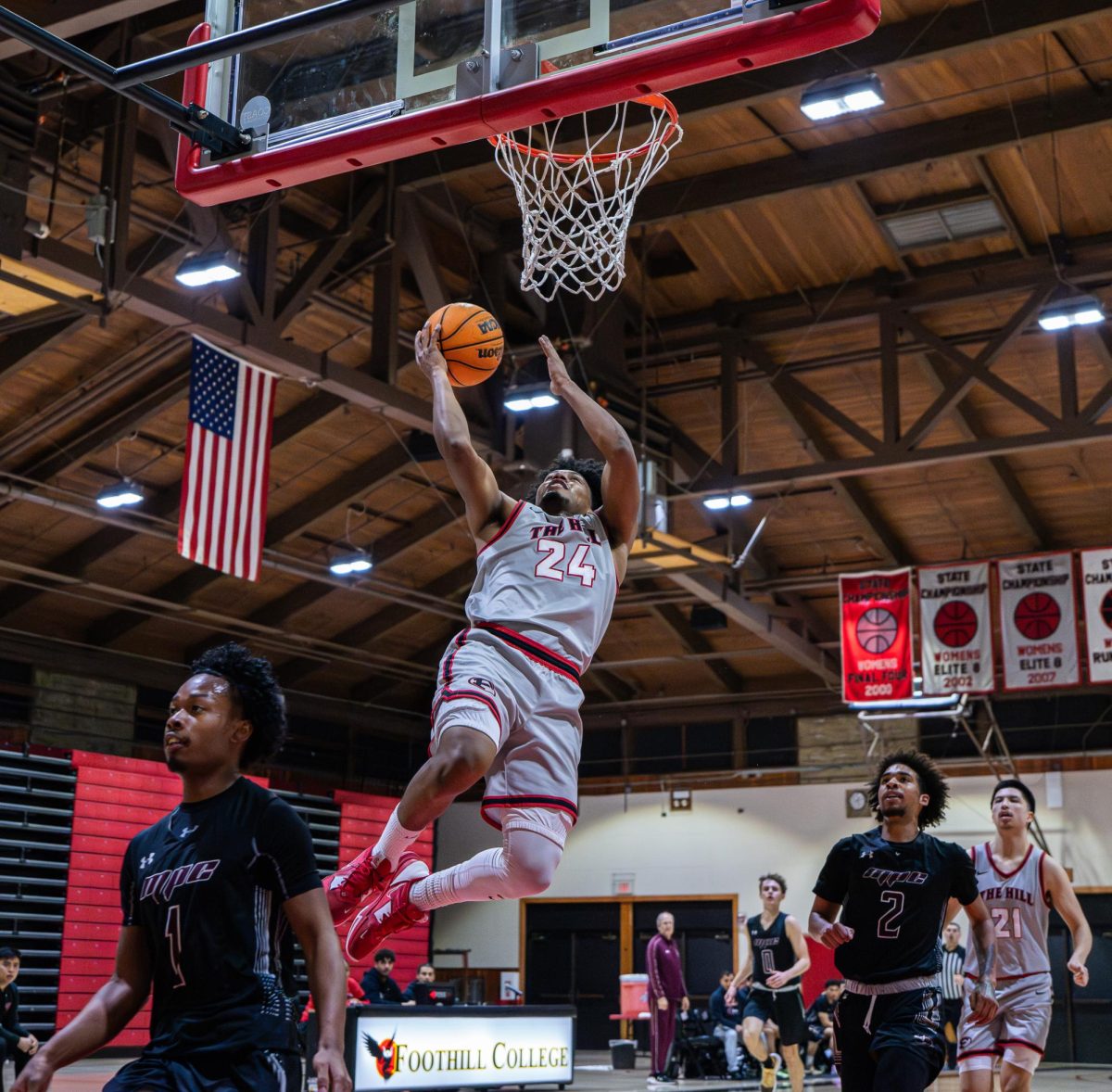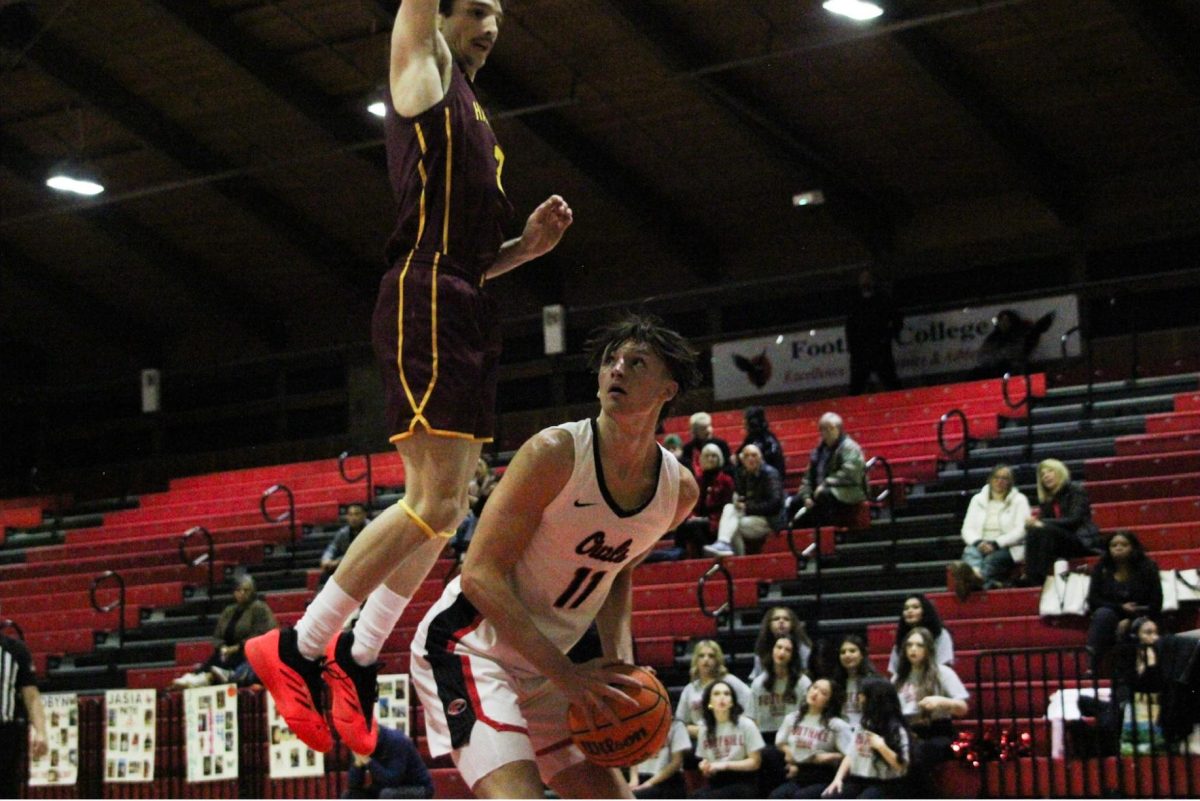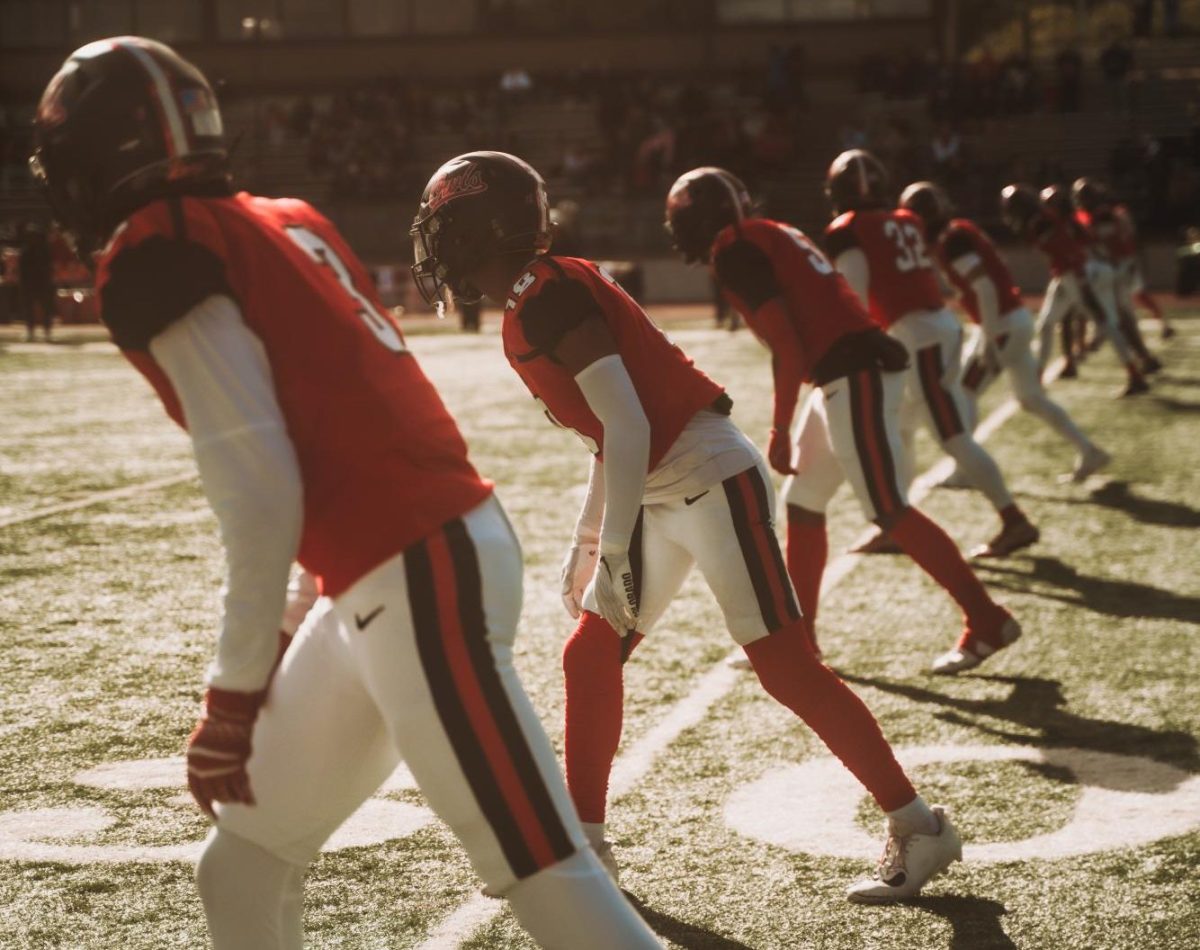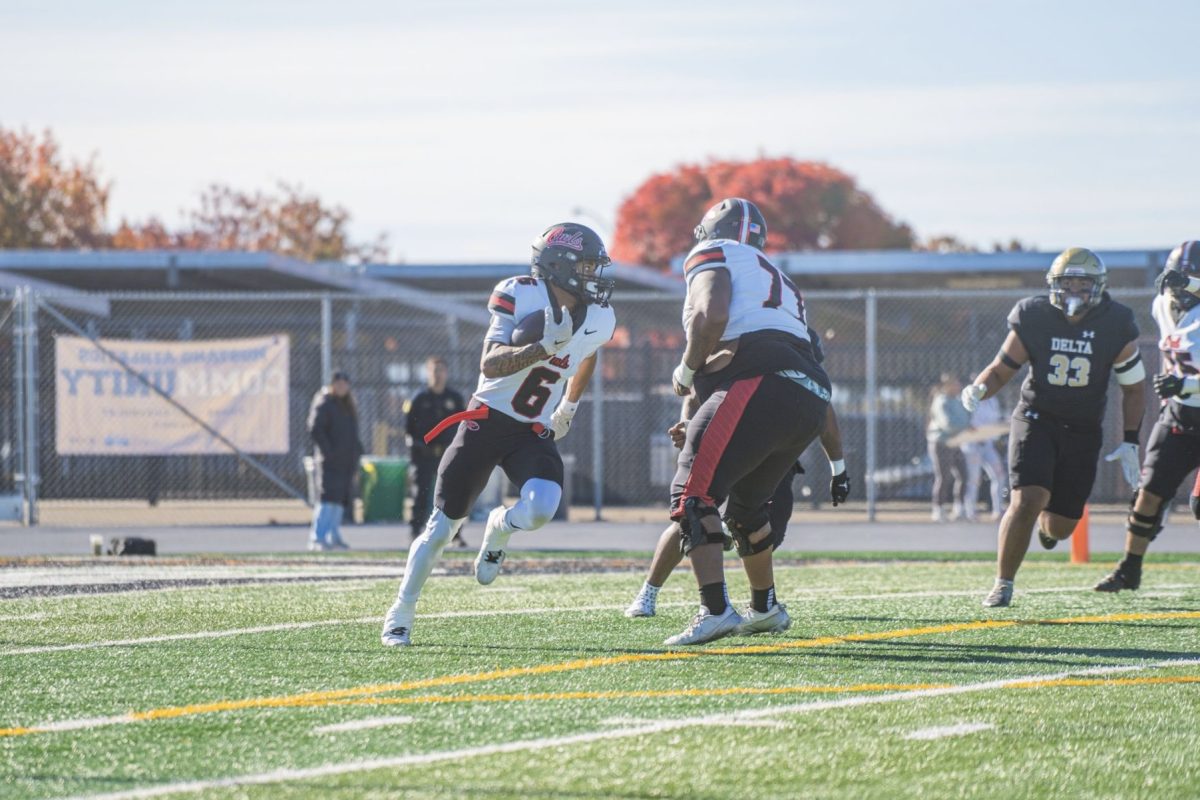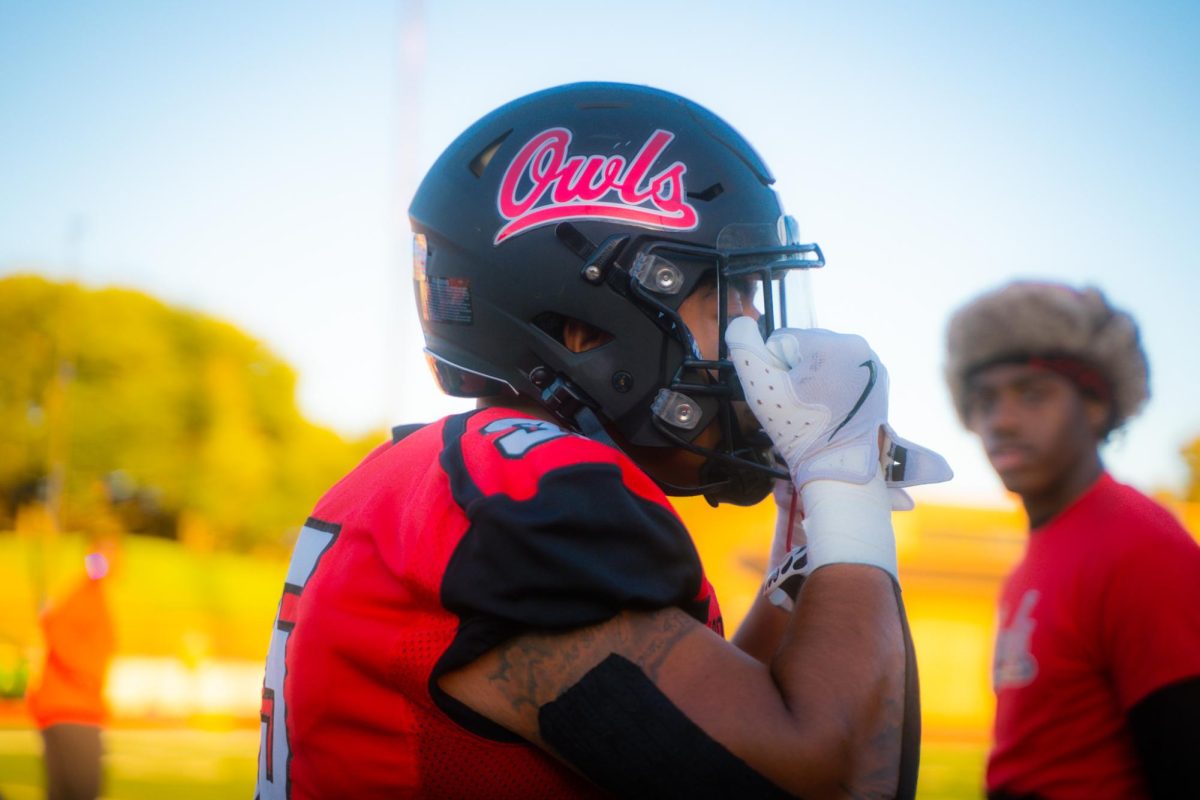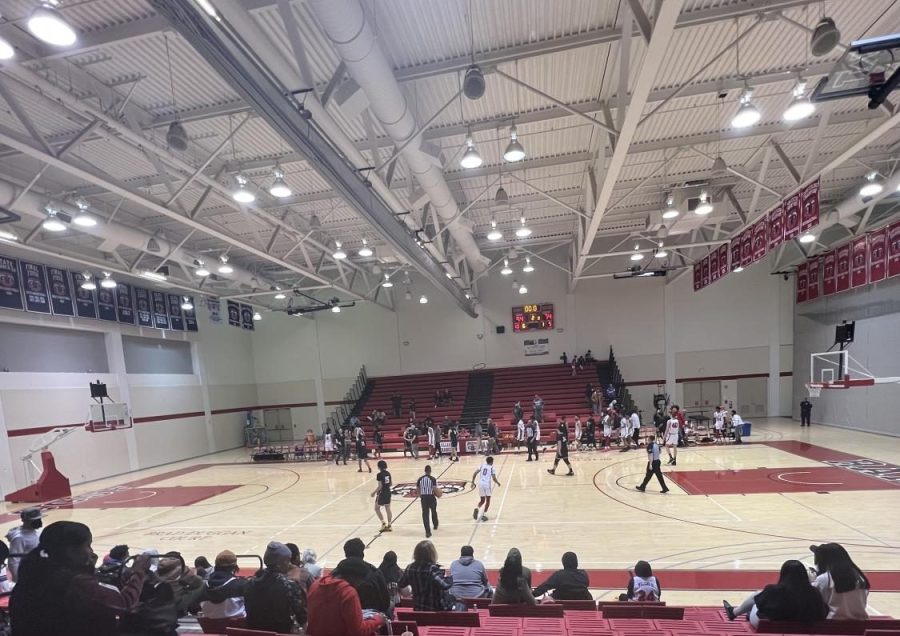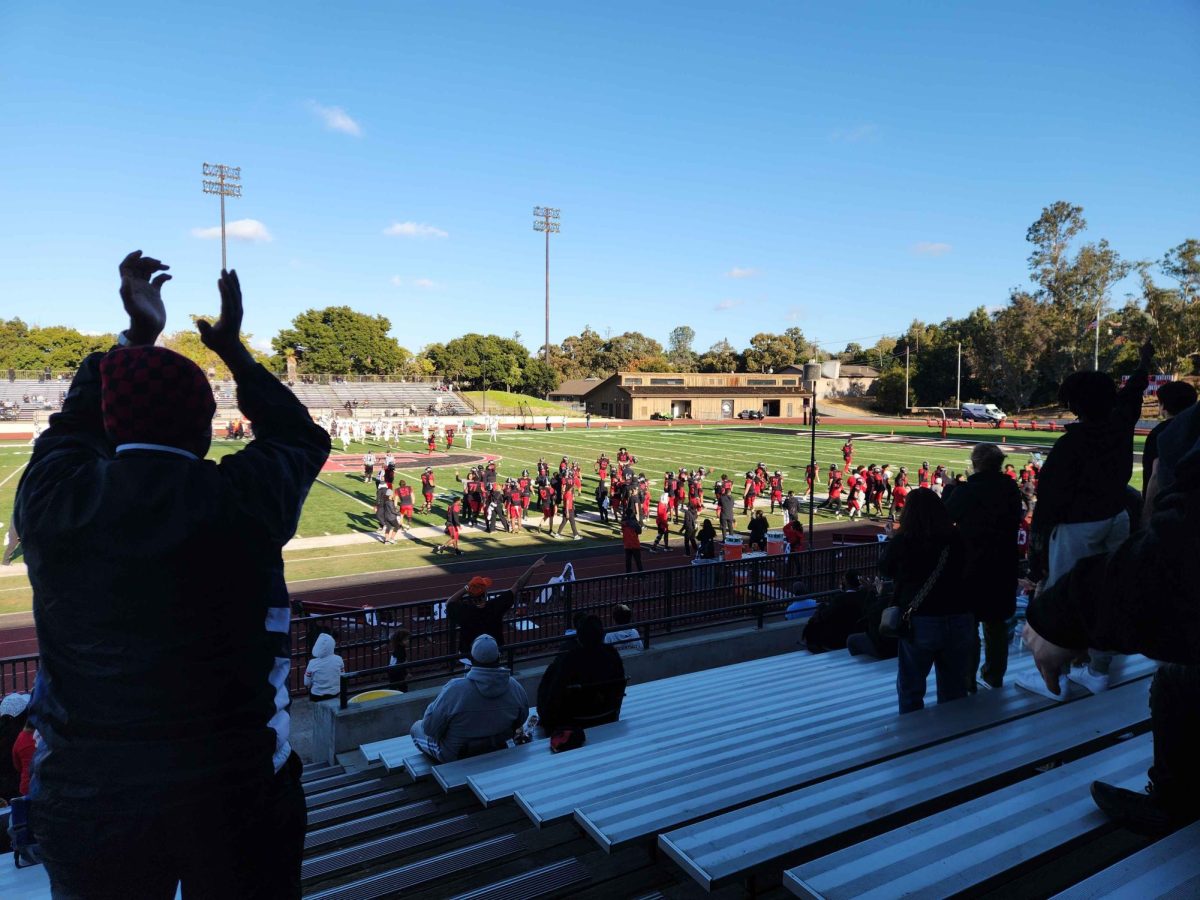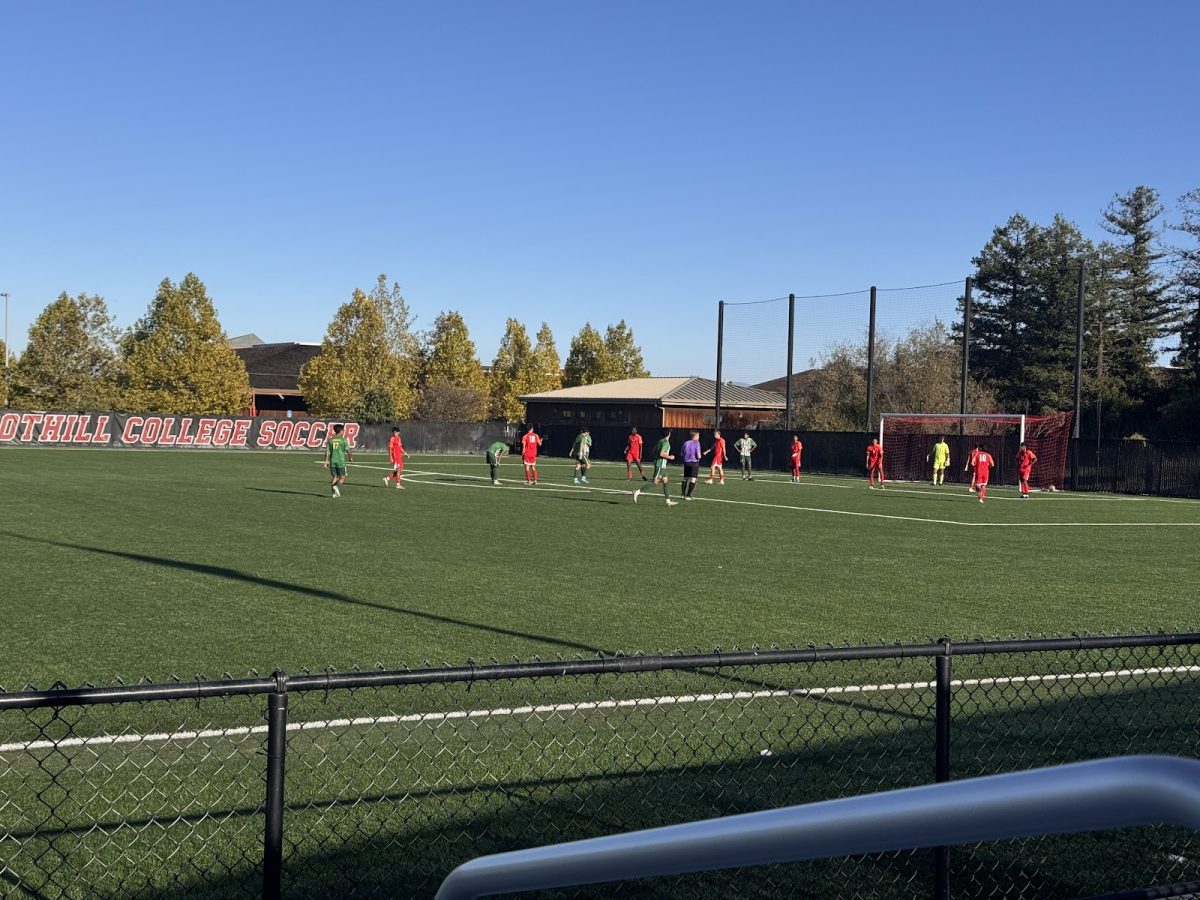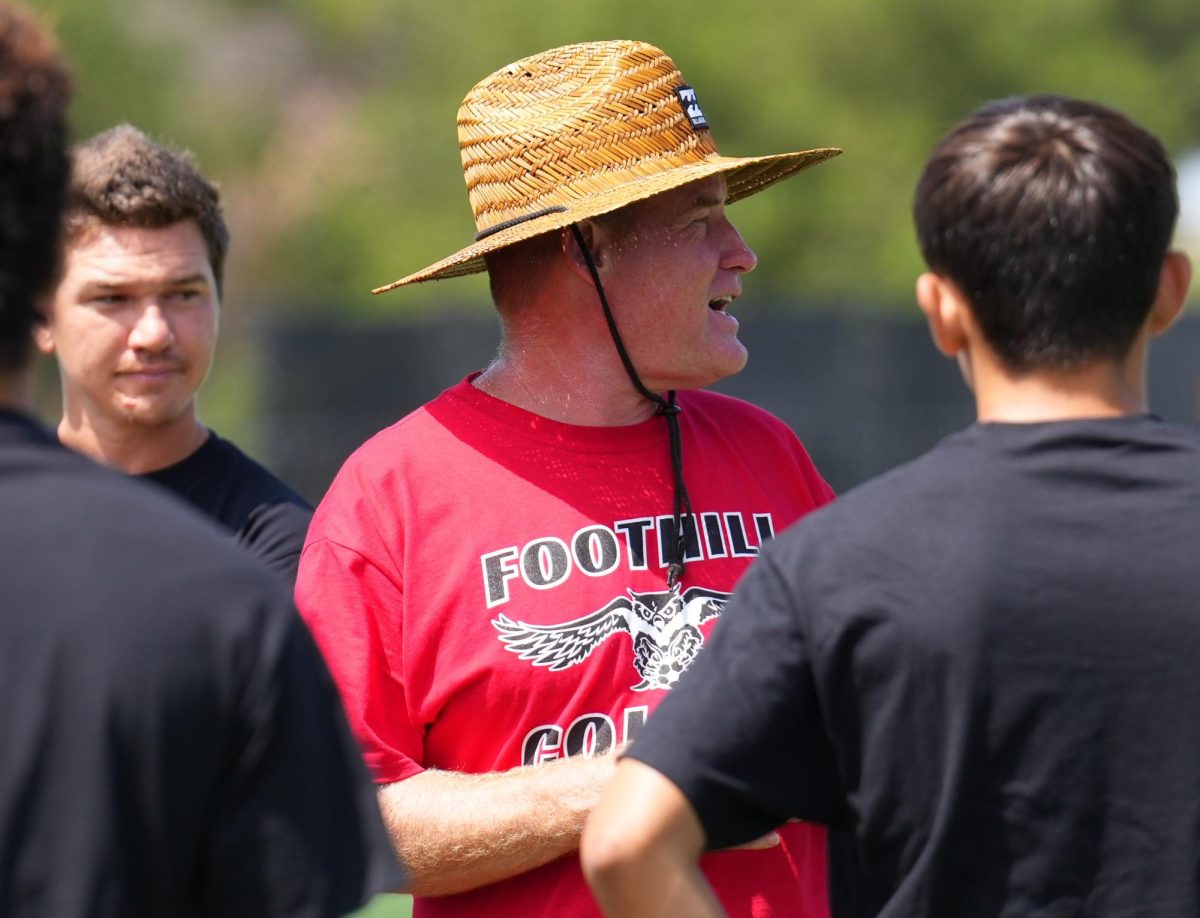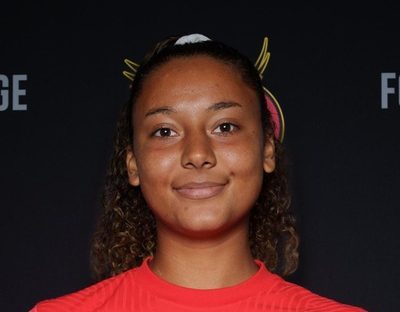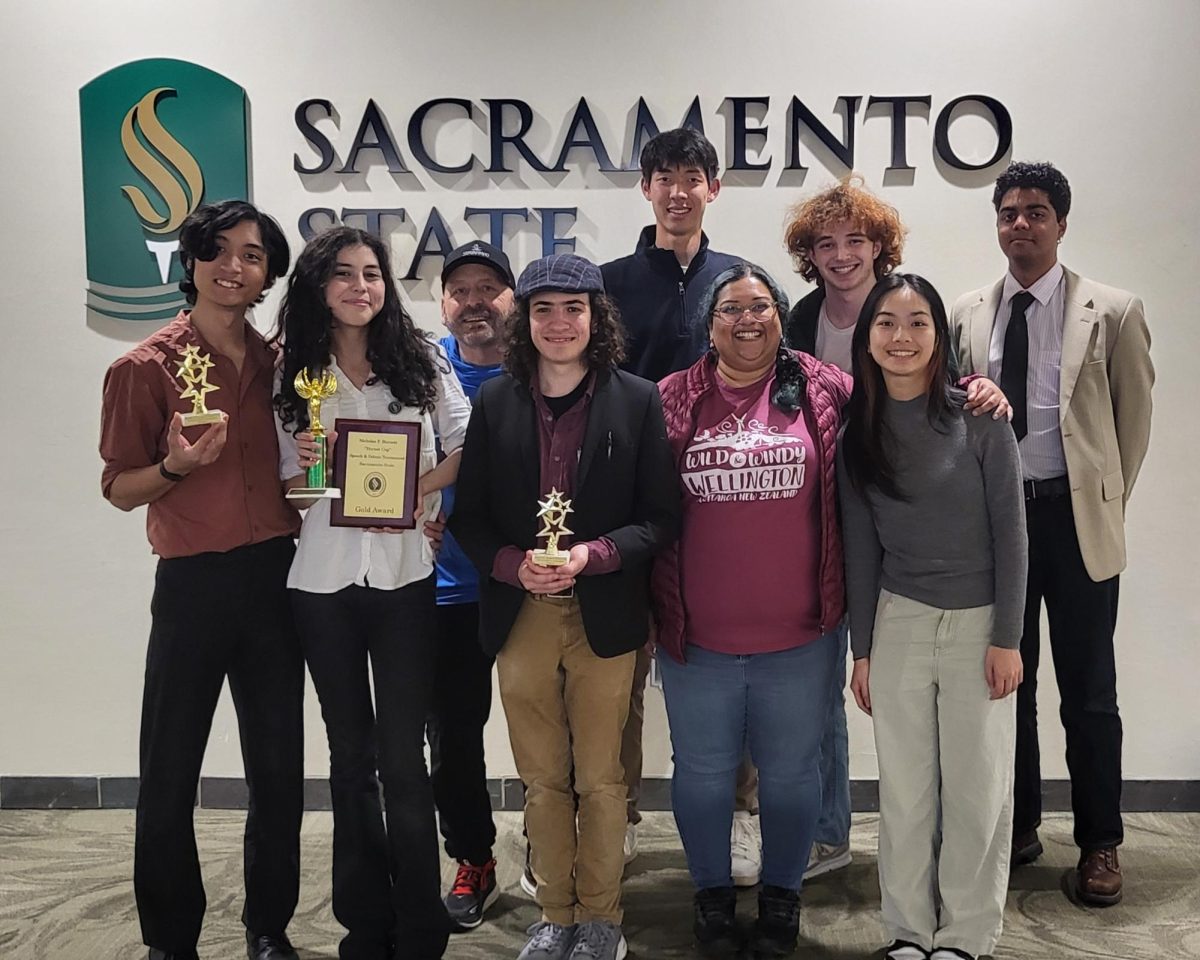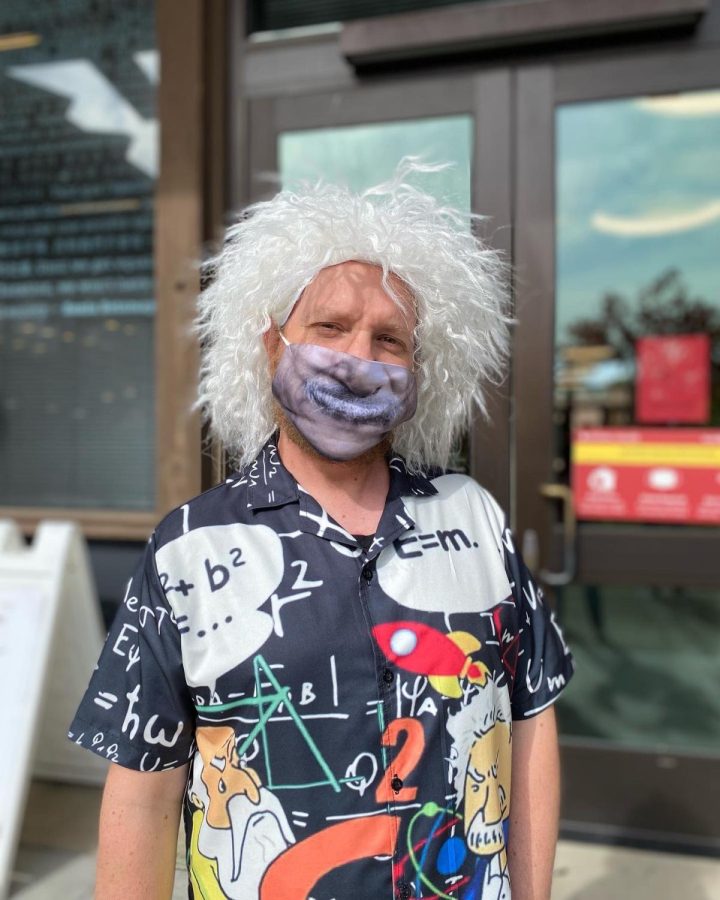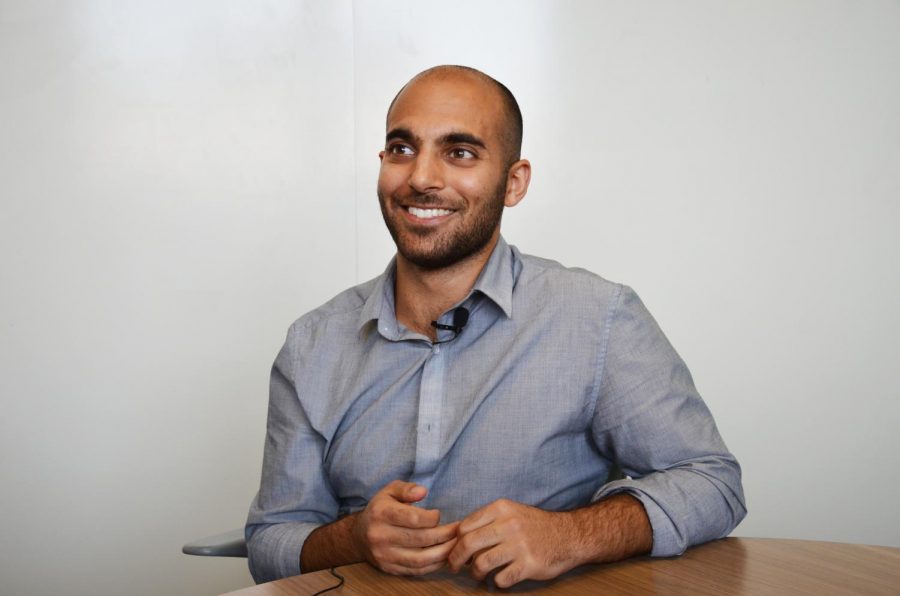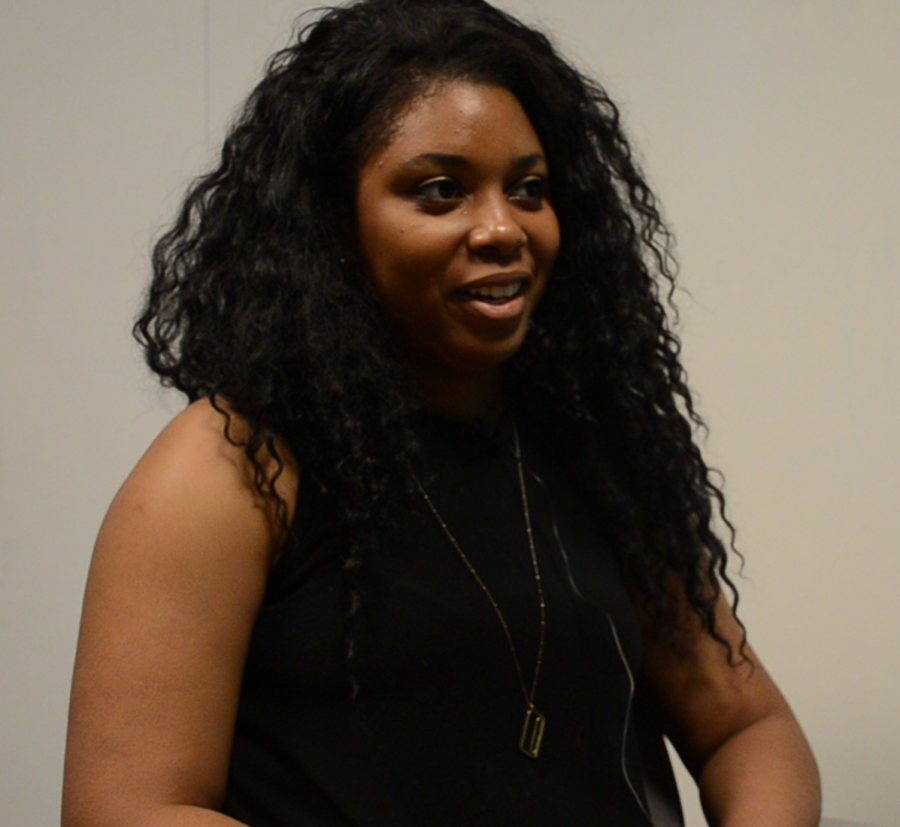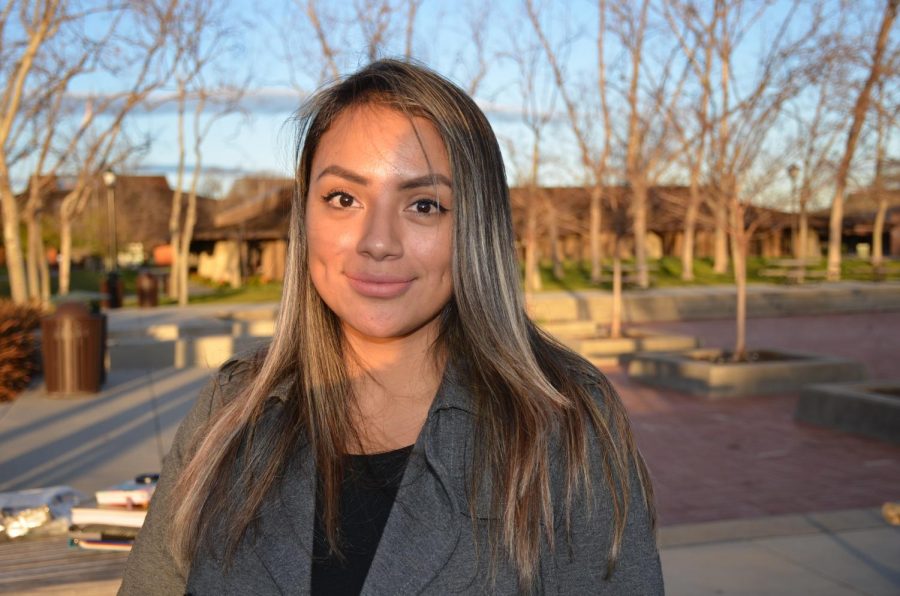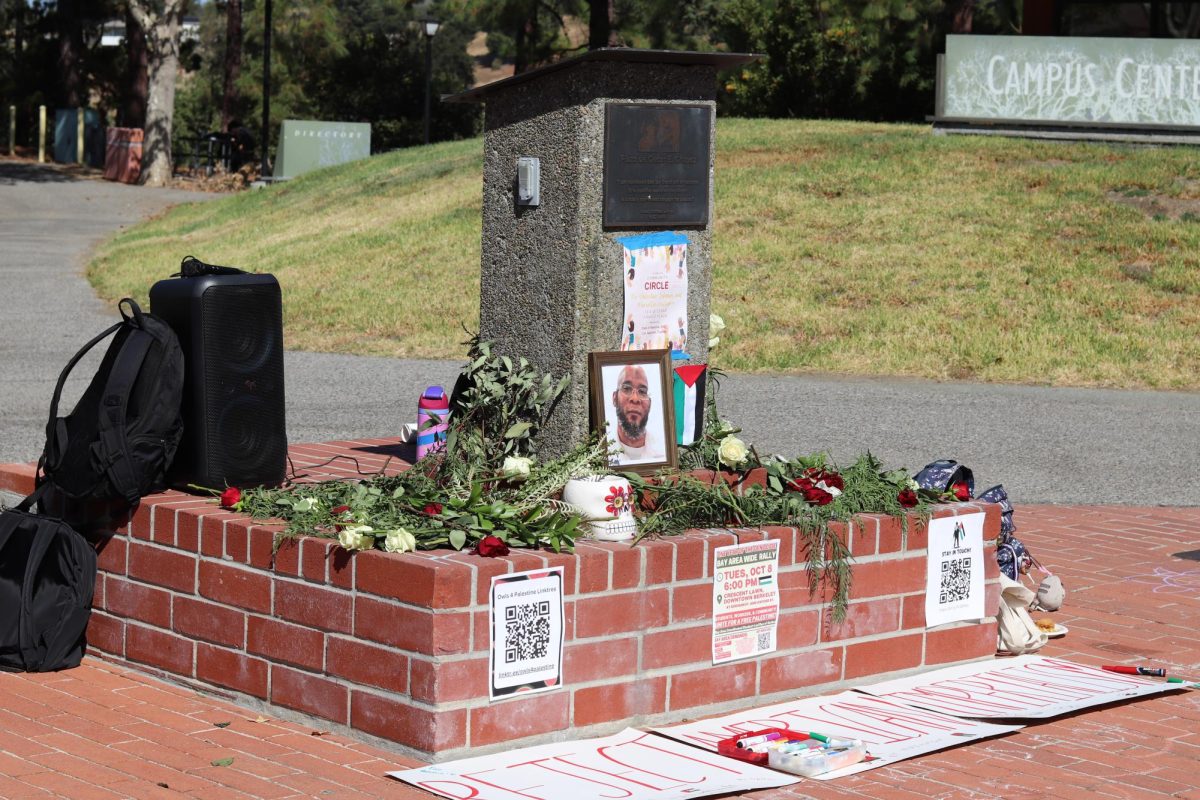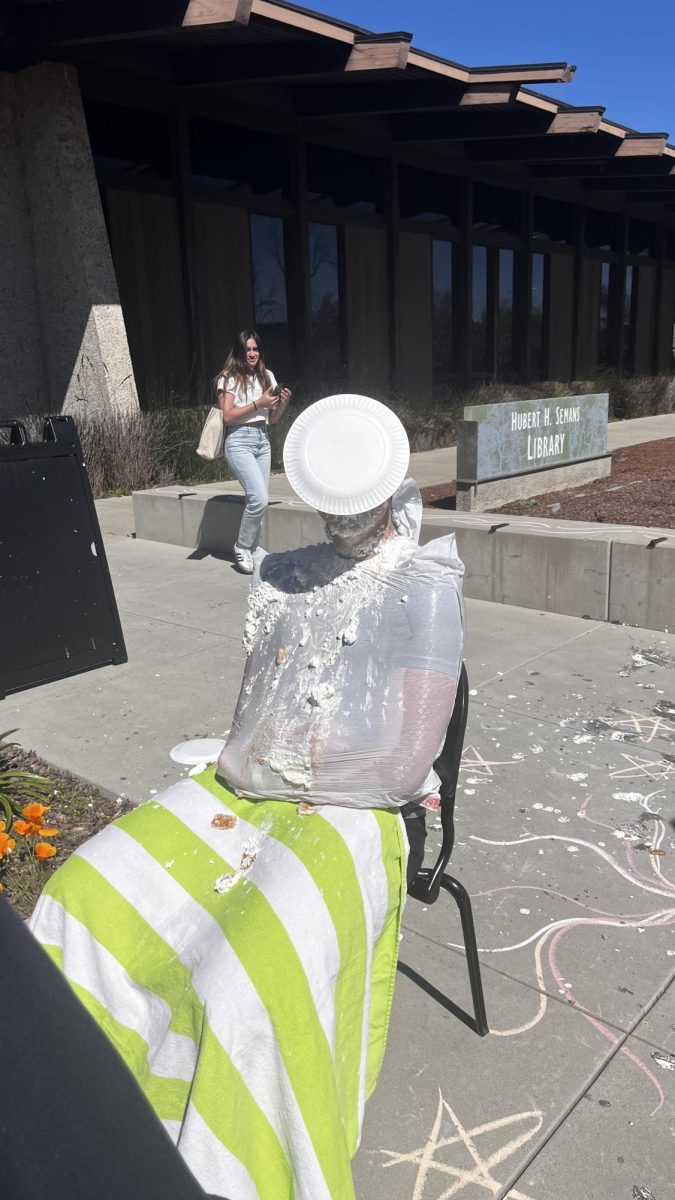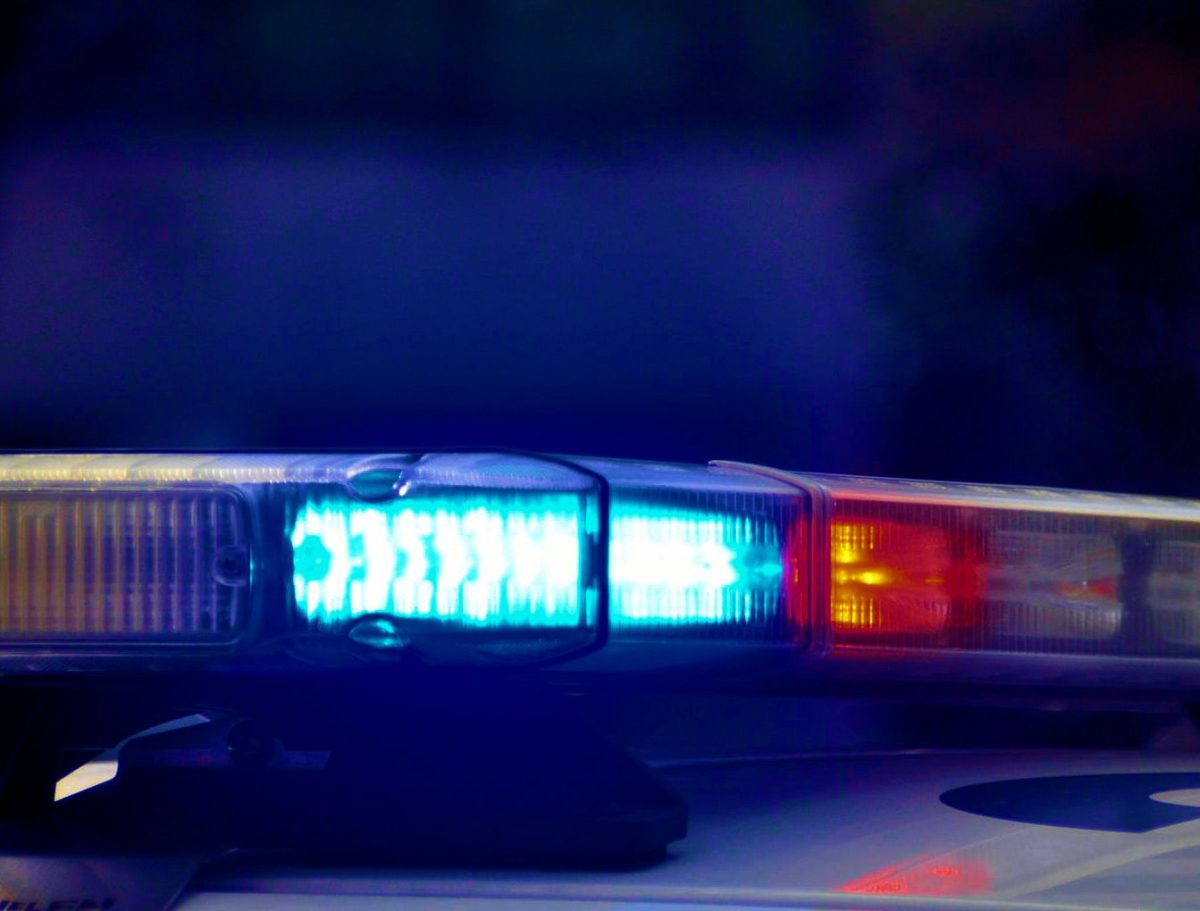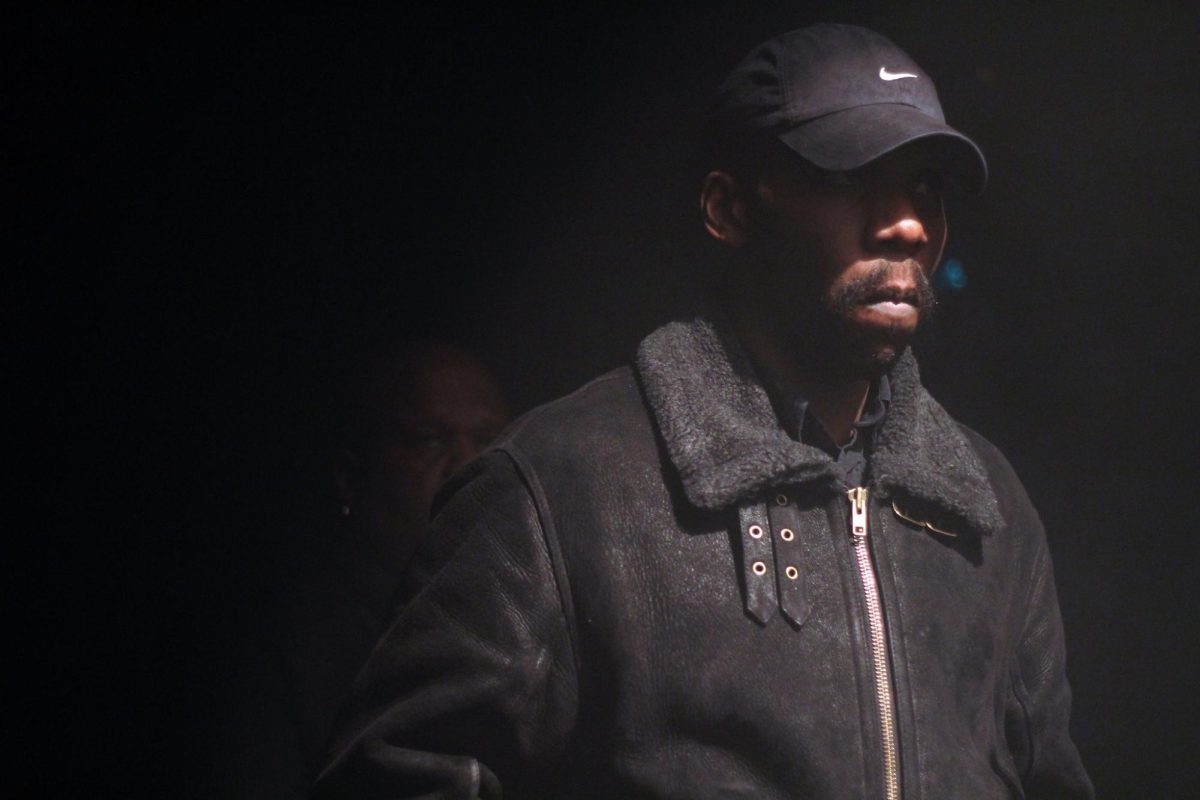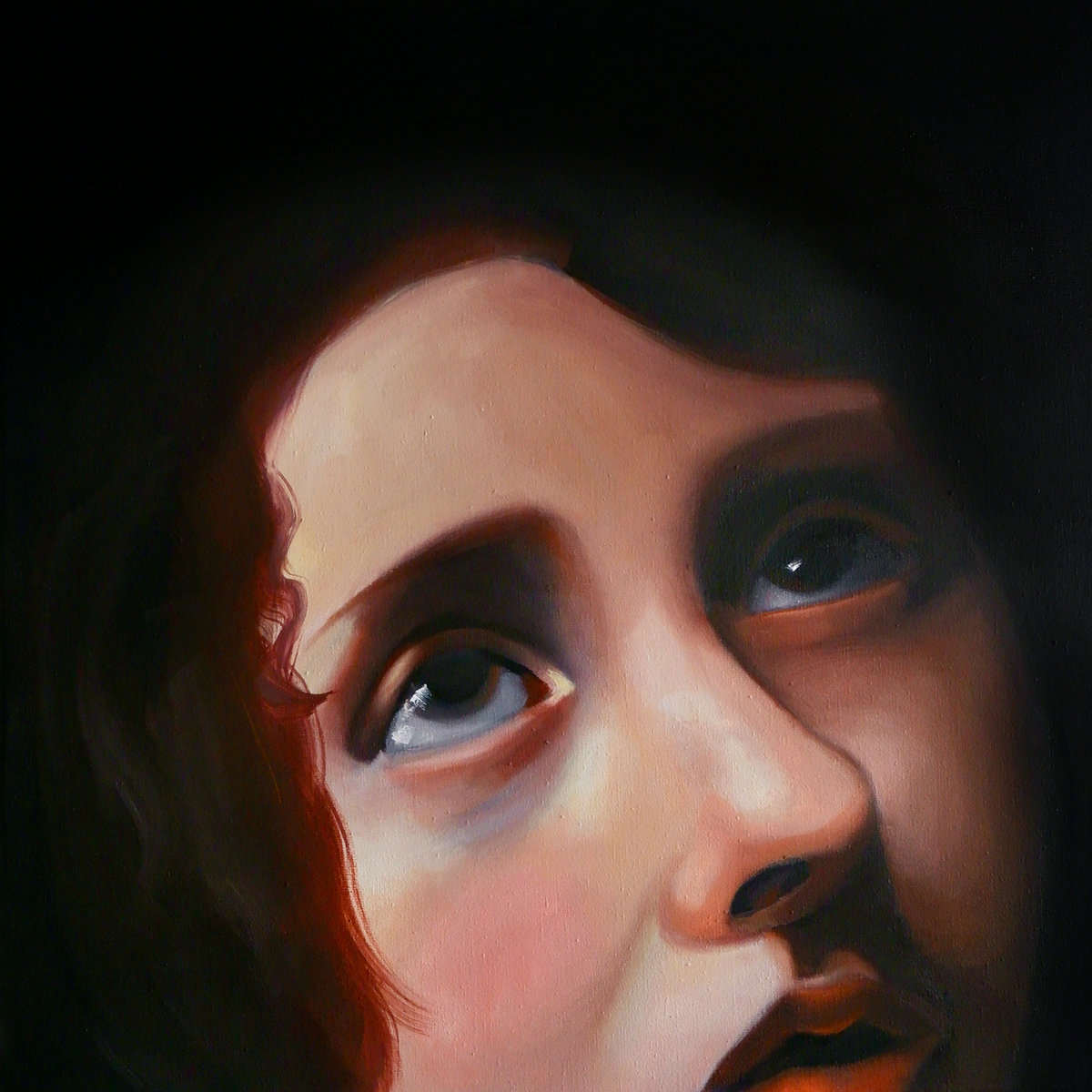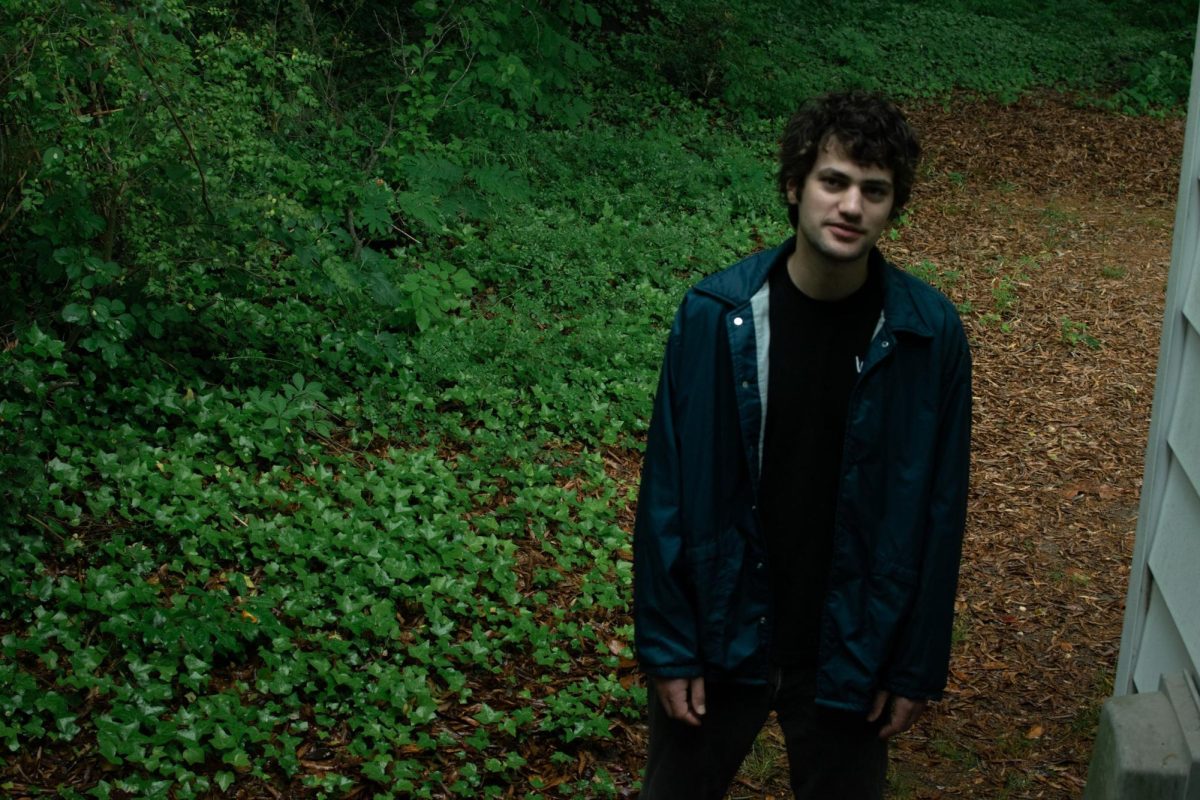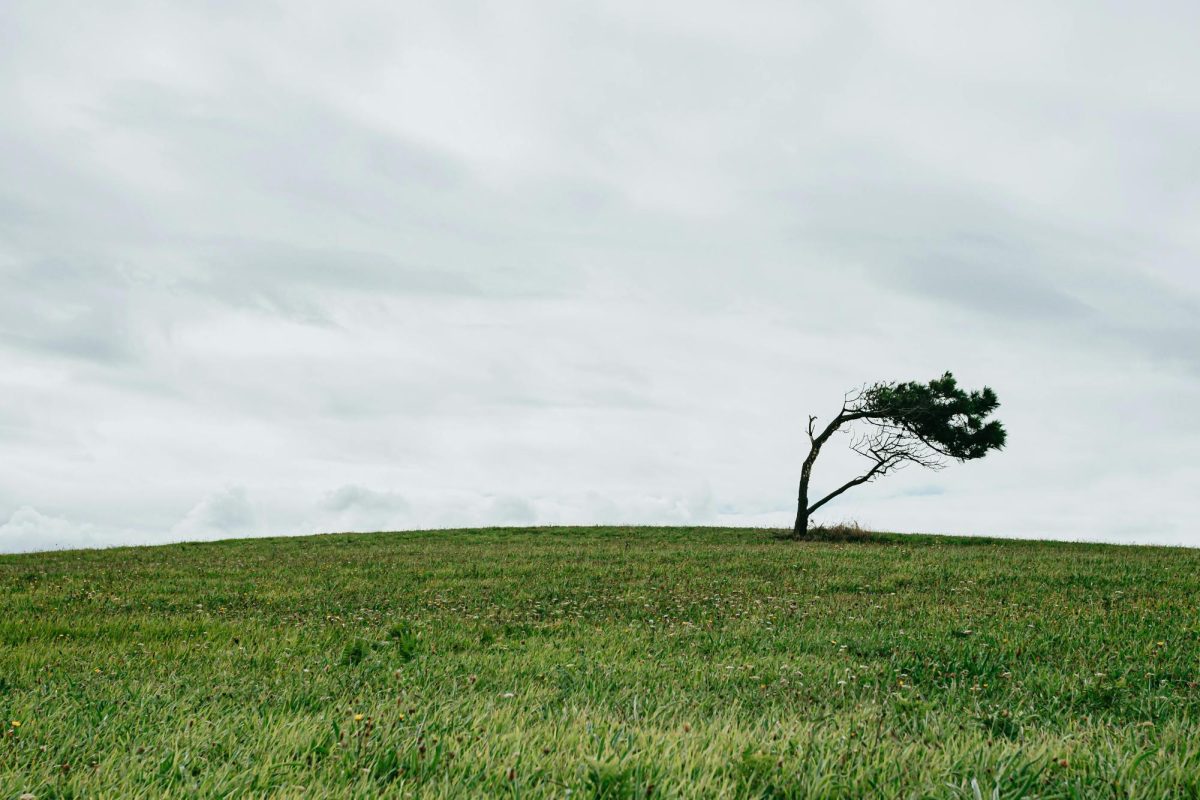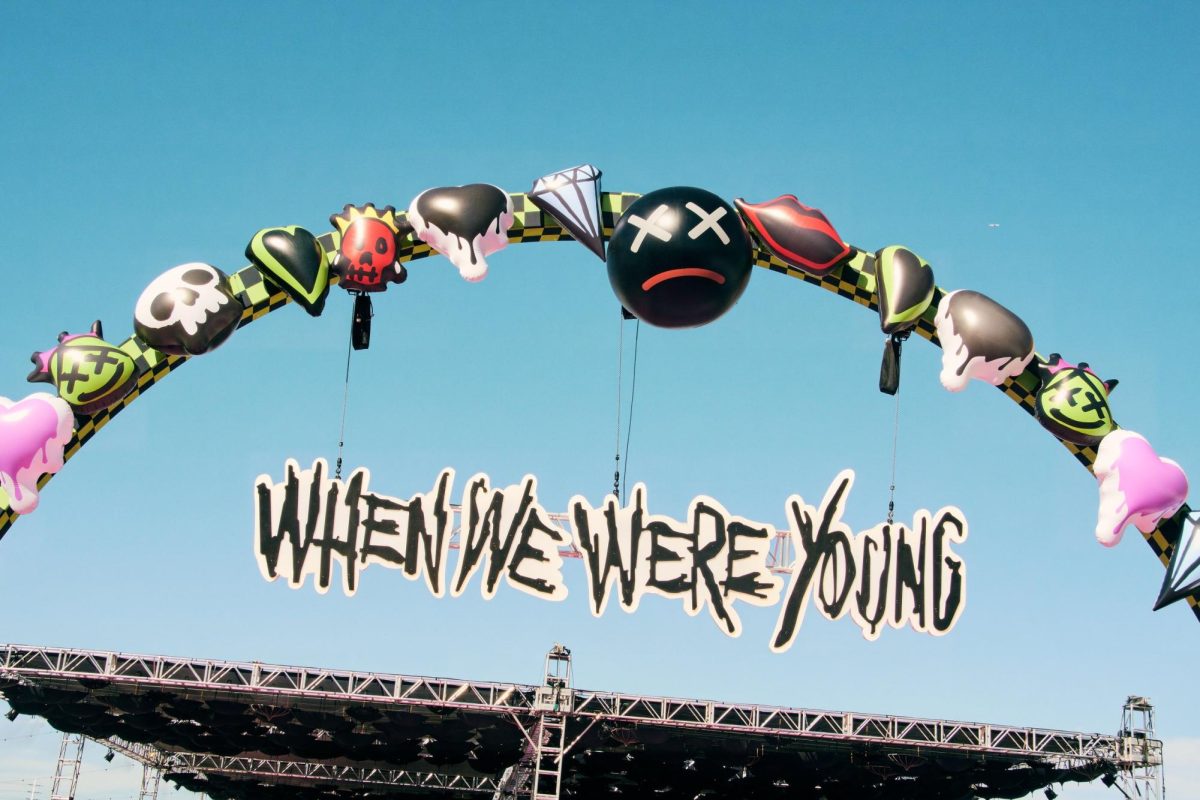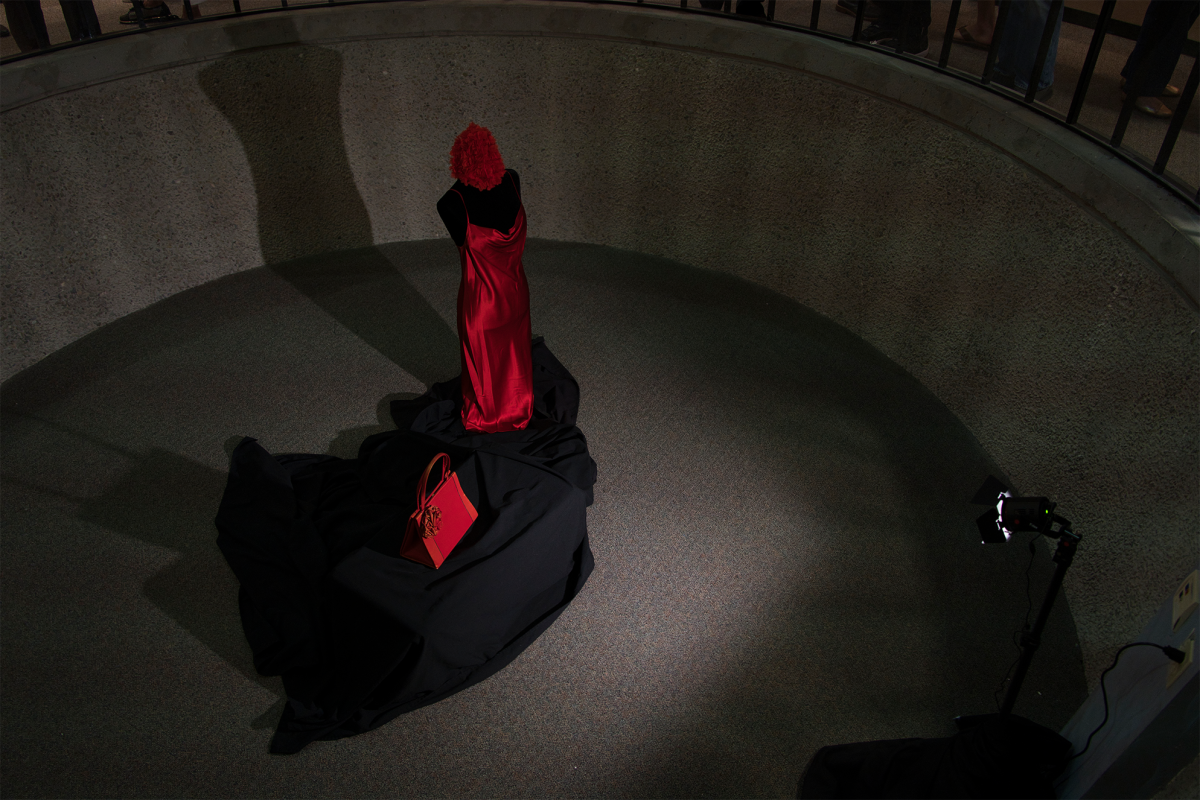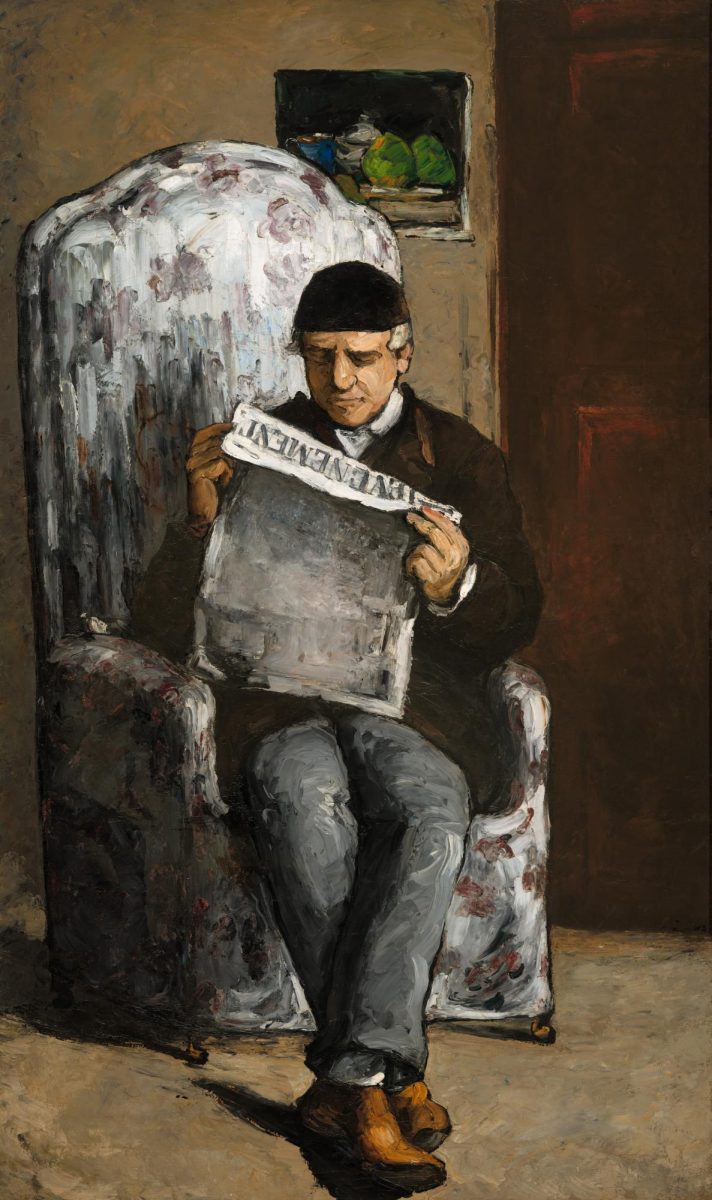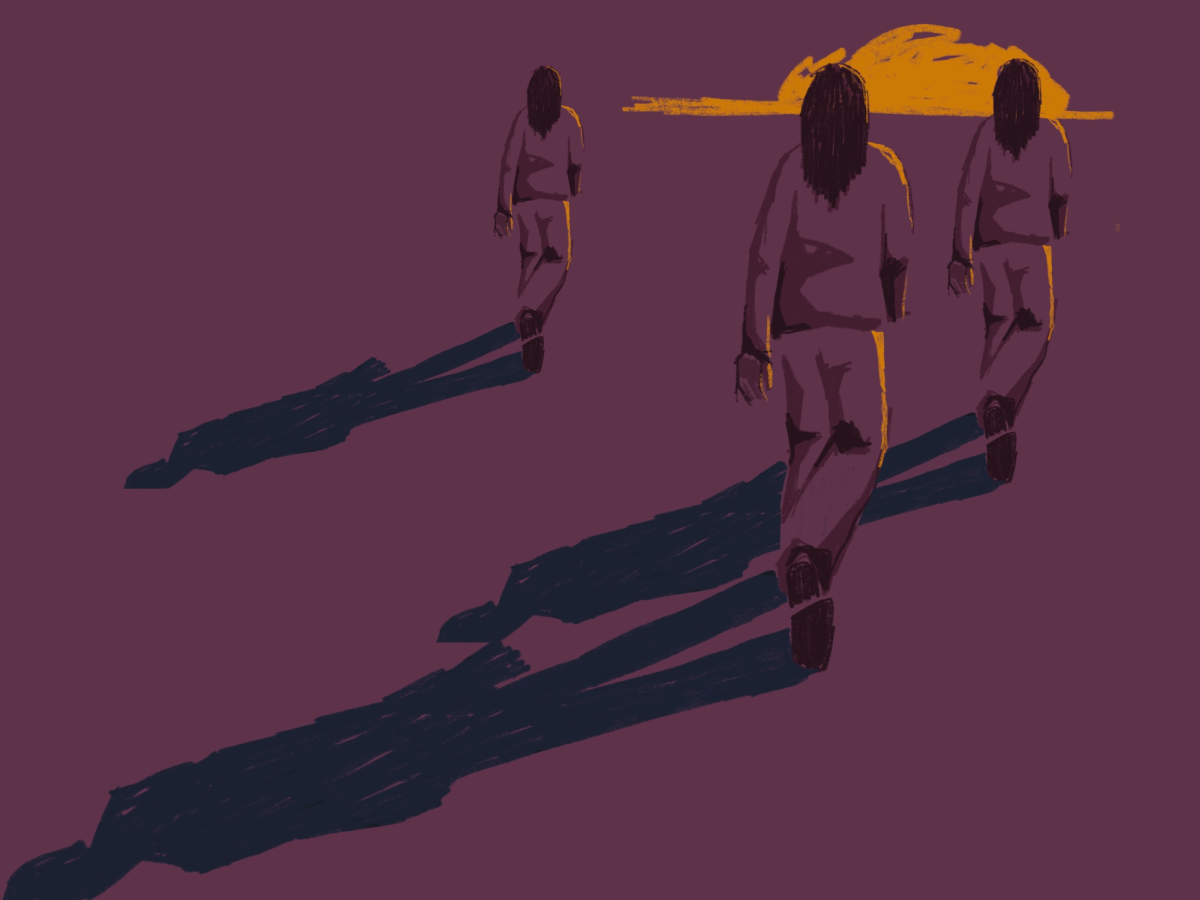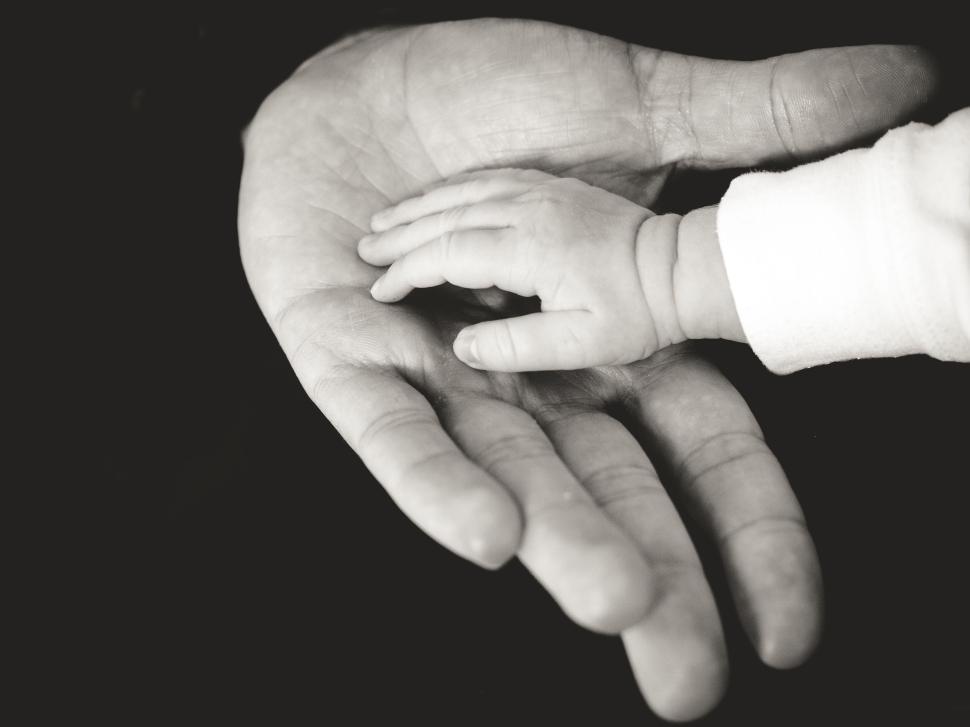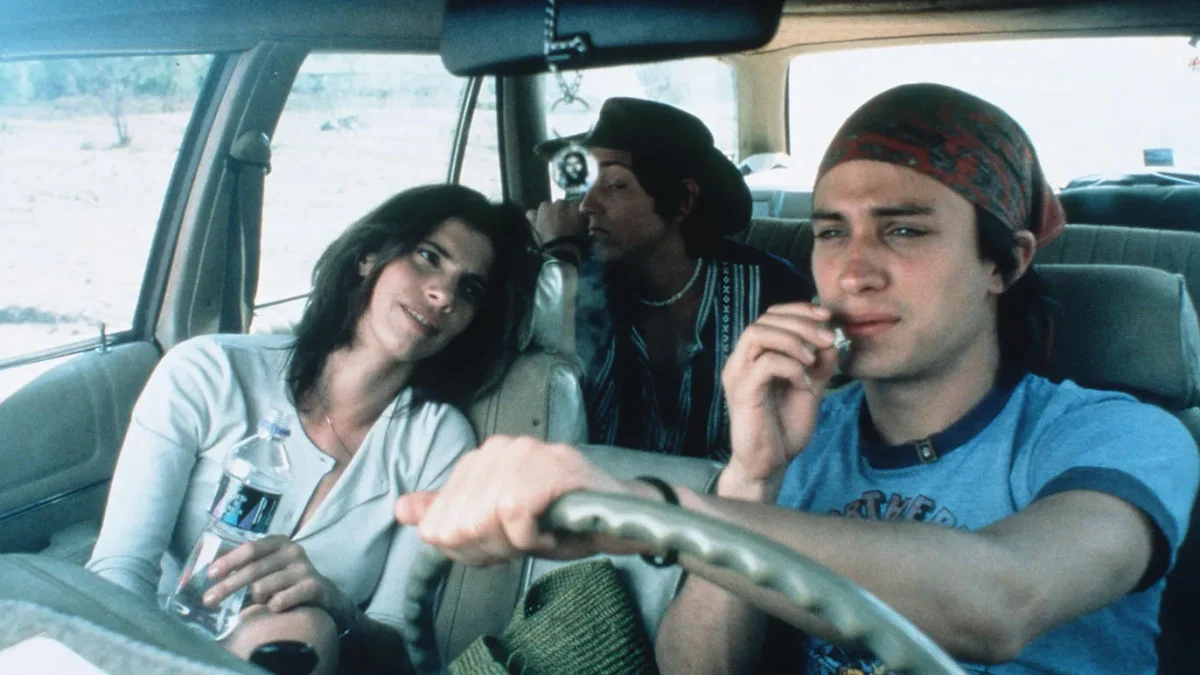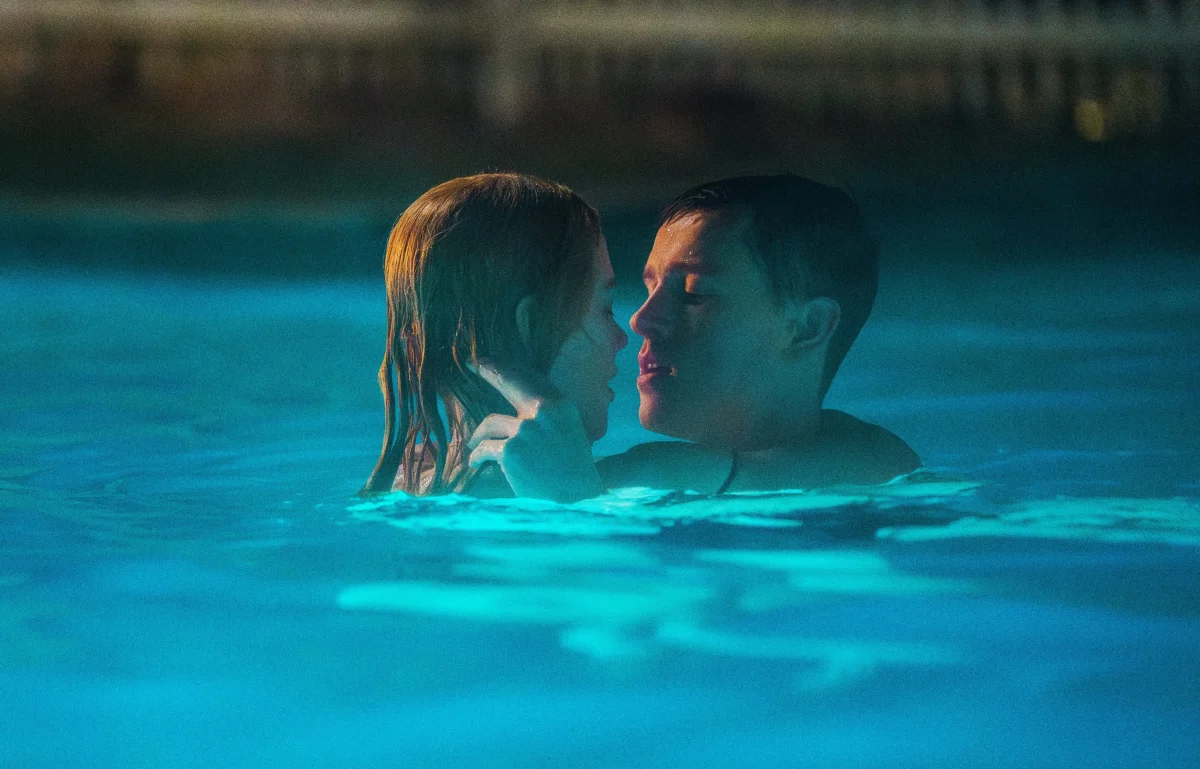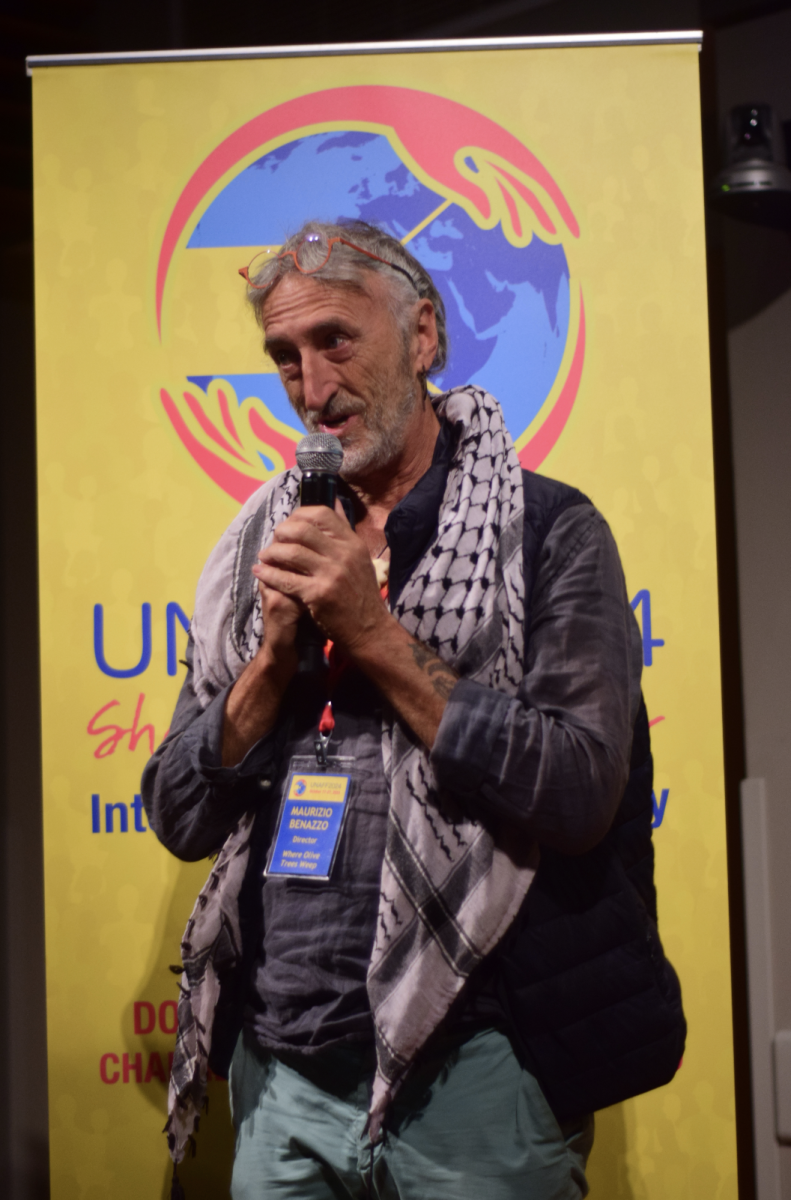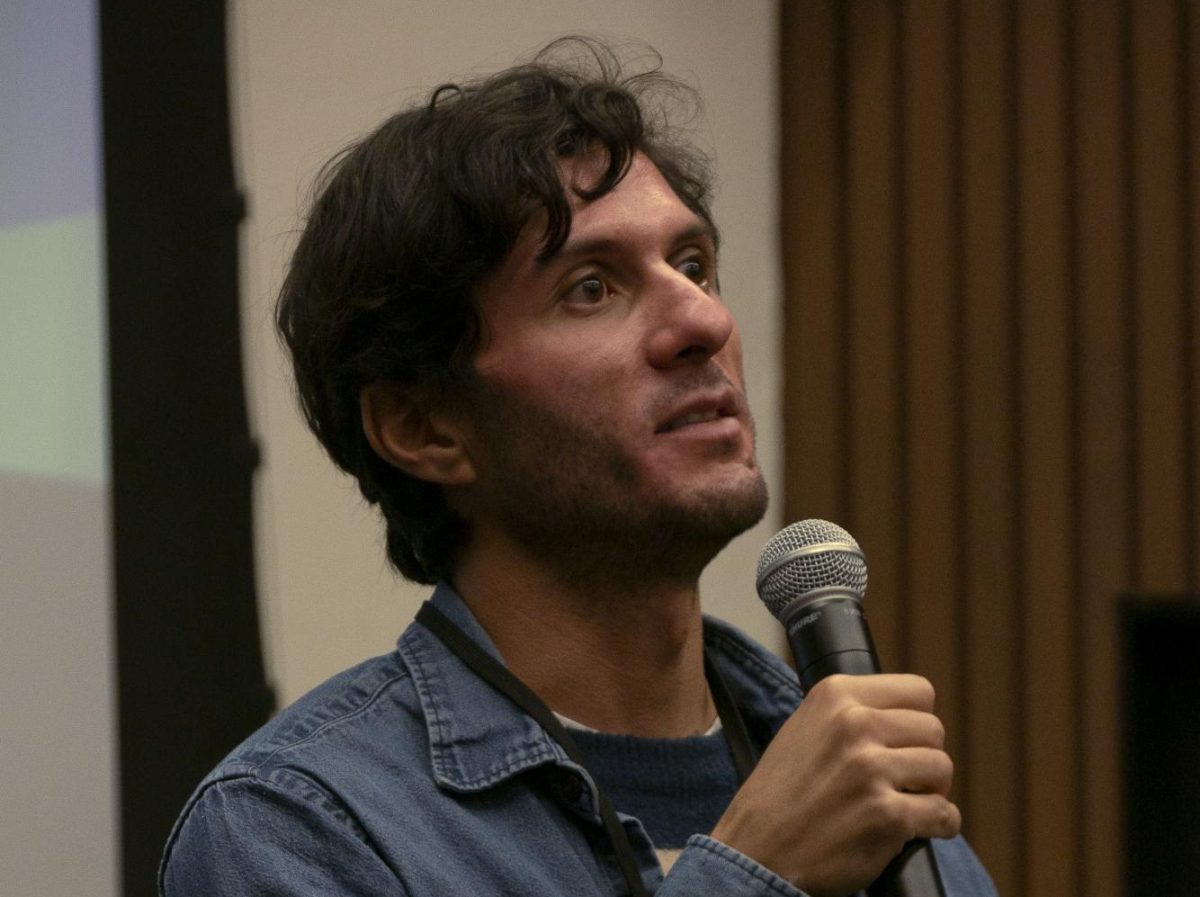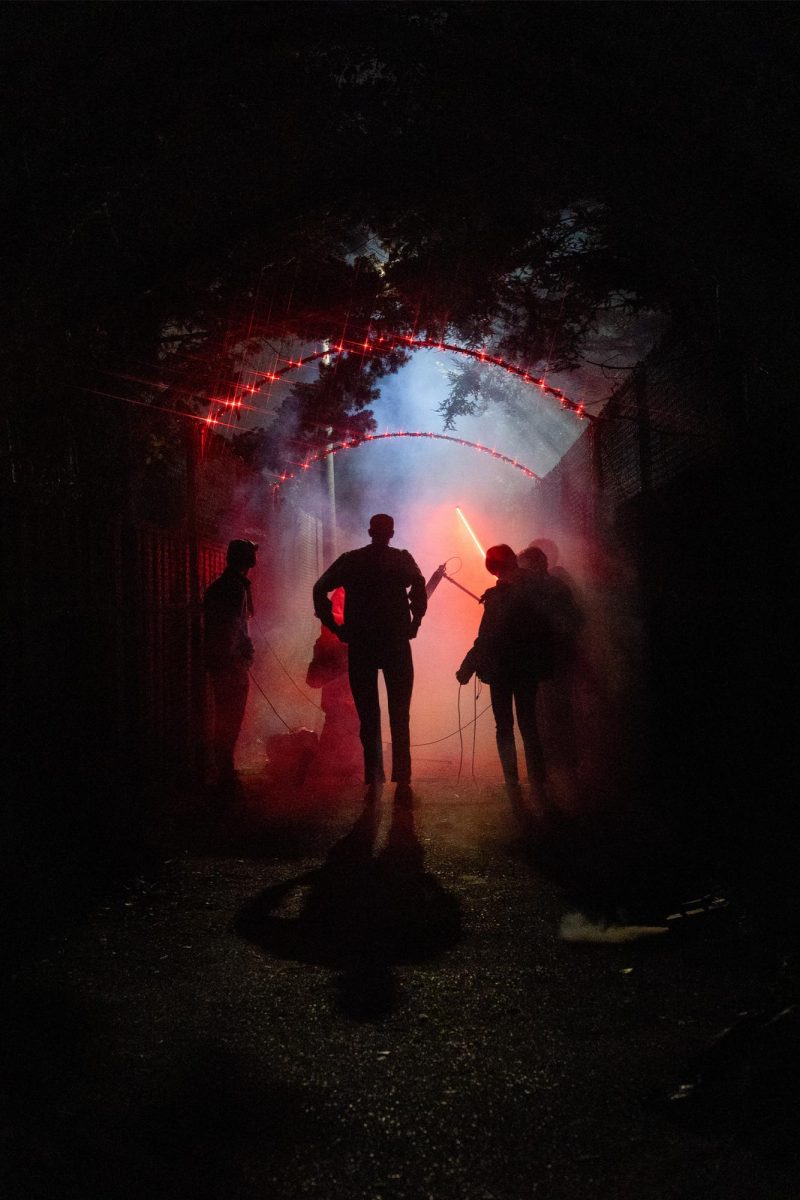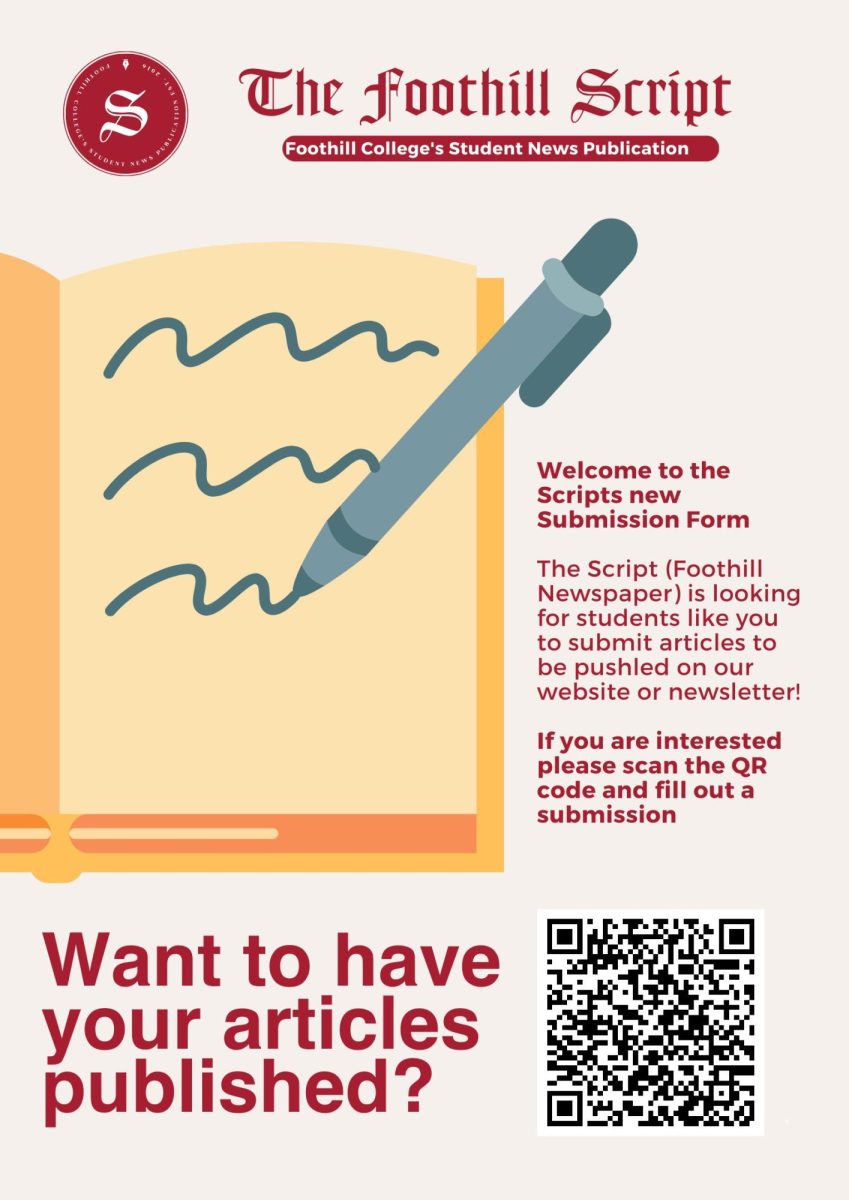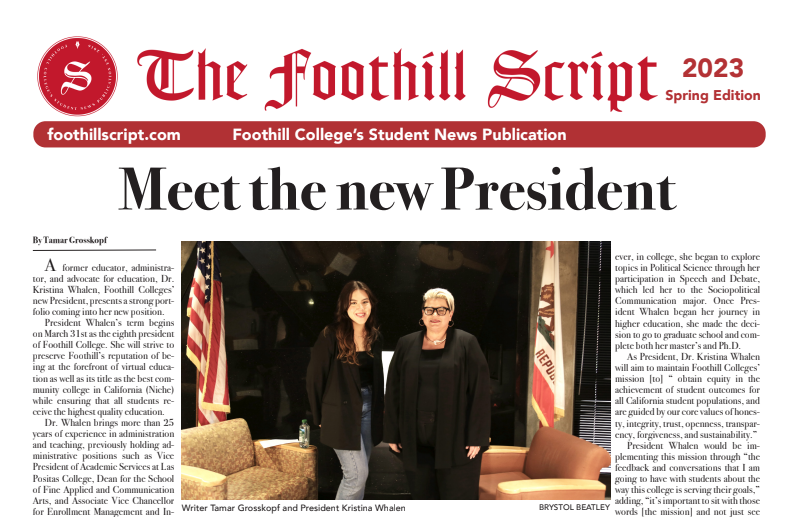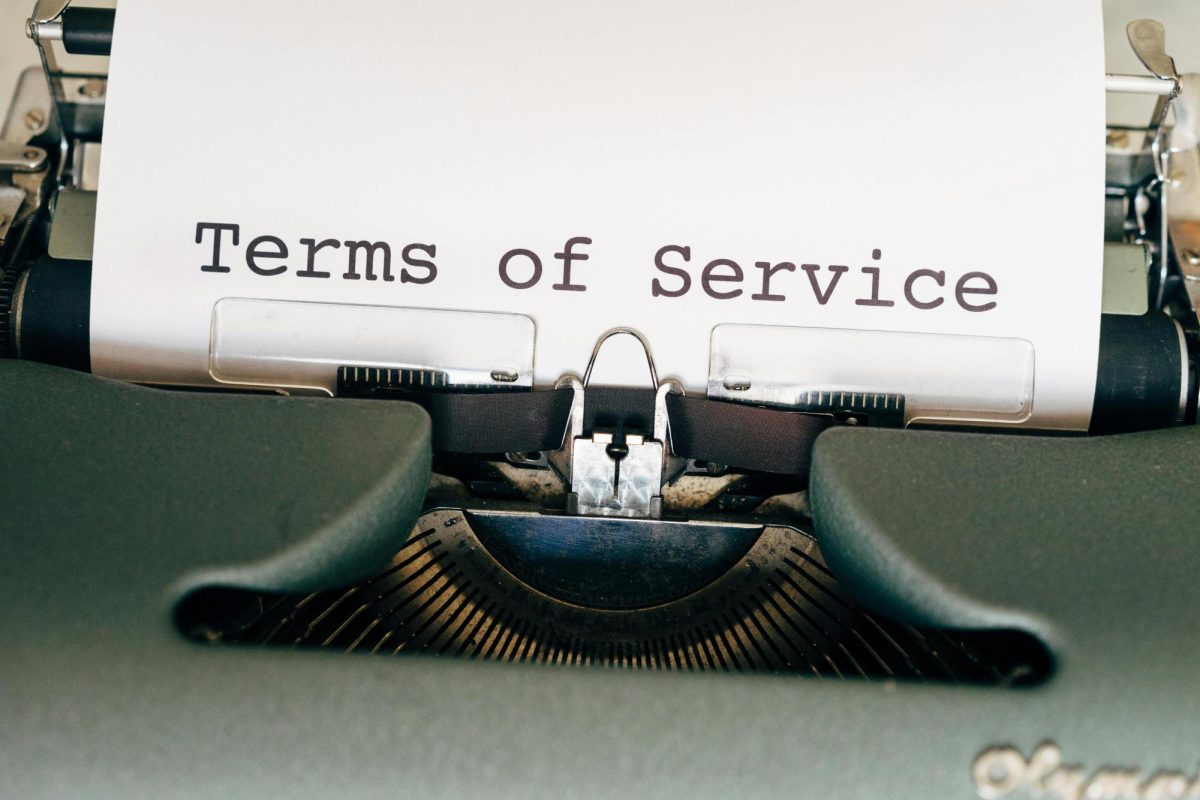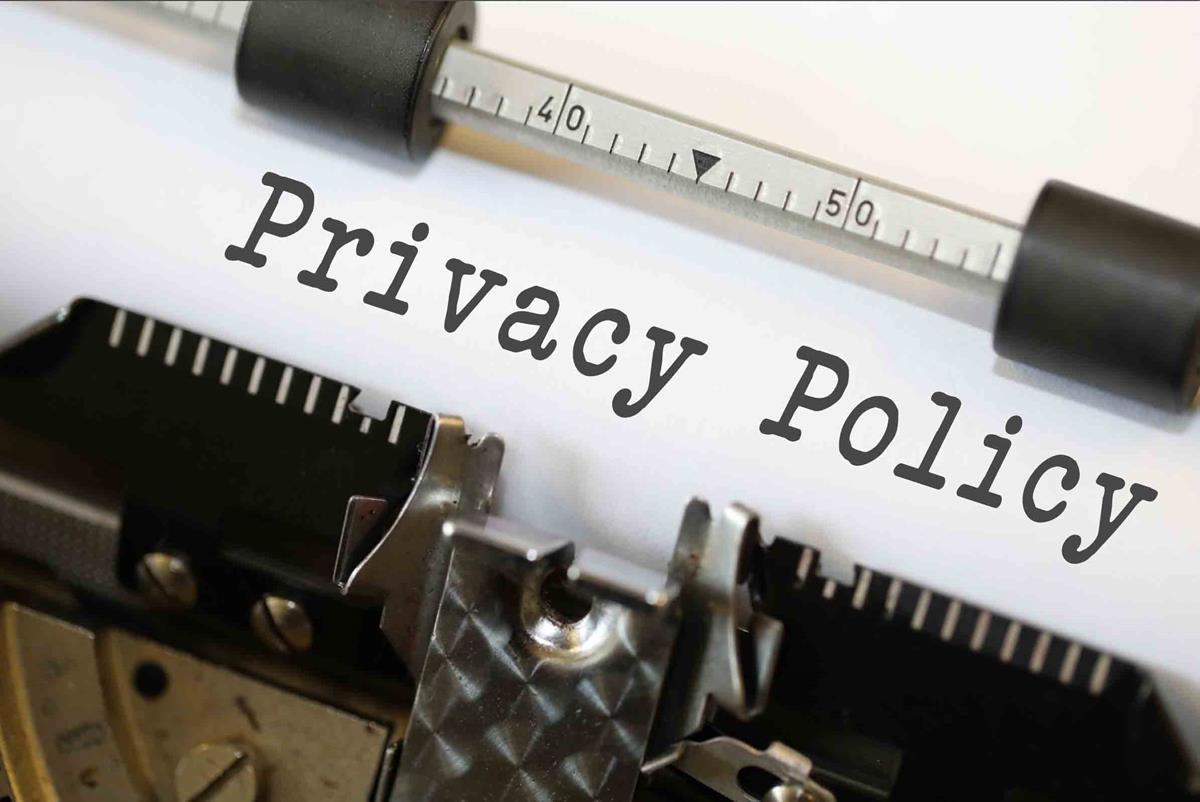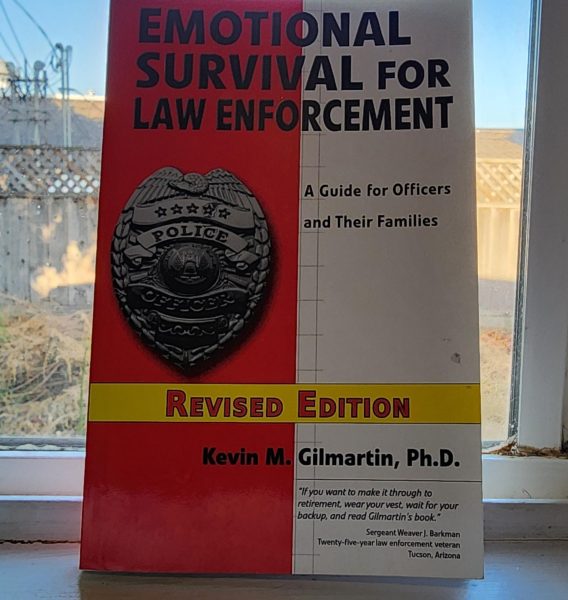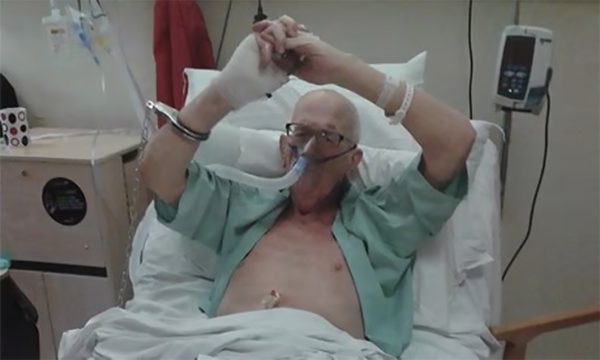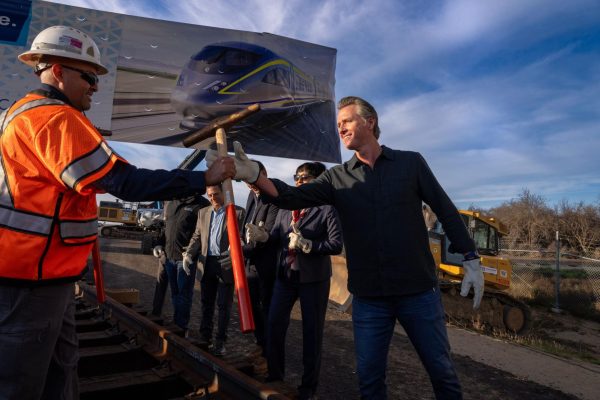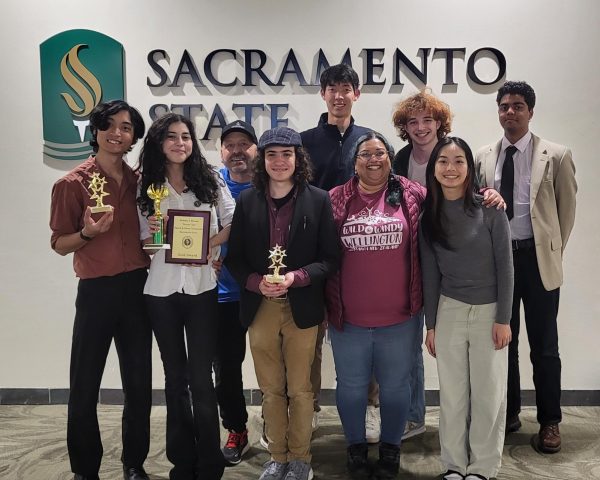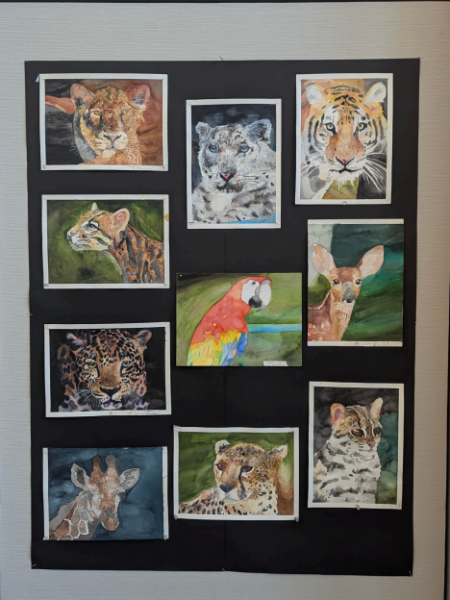Opinion: Connecting Communities With Foothill’s Physics Show
Fifteen feet above the ground, Foothill College physics professor David Marasco mounted a unicycle. The crowd gasped in suspense as he began to pedal slowly across a thin pipe, three hundred pounds of bricks swaying gently beneath him. Despite his dislike for heights, he turned confidently toward the crowd and gave them a winning smile from beneath his rainbow clown wig, and gave an airhorn two comedic honks.
Does this scene sound a little confusing, and maybe even just downright ridiculous? I’d have said so a few months ago — but that was before I worked as a volunteer for Foothill’s annual Physics Show, where an image like this is perfectly normal. The Physics Show, put on by the physics department every year, showcases cool, funny, weird, and fascinating experiments that teach the laws of physics in an entertaining and approachable way. In the case of Morasco’s unicycling, for instance, the principal at play is center of mass. In physics, the center of mass of an object is where all of the torques will balance out. This means that an object won’t want to turn, rotate, or fall over if its center of mass is stable and supported. If you hang a large amount of weight below an object’s center of mass, however, you can prevent an object from rotating at all — like by hanging bricks below a unicycle.
As a physics student, I jumped at the chance to see my professors in action (and maybe at the chance to see them acting goofy on stage.) Working the shows was a complete whirlwind of action. Our first shows, in December, were held privately for Title I middle school students, who come from underprivileged communities and often don’t have access to field trips. Using the money from our t-shirt sales and from ticket sales for our public shows, we pay for the students’ buses and other expenses to make sure they attend the show and get on a college campus to see what it’s like. We put on a free show for the students and give them a tour of Foothill afterwards, telling them about our experiences and letting them know how accessible it is to attend.
We host our public shows in early and late January. Science fans of all ages fill the audience, often as families — parents bring children, siblings go as a group. “We try to go to the Physics Show every year,” said Foothill Computer Science student Jack Boreczky, age 19, describing himself and his little brother Luke, age 12. “I feel like you don’t have to be a kid to enjoy the show. The demonstrations are impressive enough to kind of shock or scare you no matter how old you are, but explained well enough that Luke understands them too.”
While having fun with physics may seem like our primary goal, putting on shows for the Title I students and the public has a deeper meaning to us: connecting Foothill’s community with all the other communities out there. Each year, we get guests from Boy & Girl Scout troops, homeschooling organizations, to senior assisted living communities taking a field trip together. The Physics Show team conducts significant marketing and outreach annually in an effort to bring all kinds of people around a single love of science and learning. While we have our well-planned demos, we feel the attendees really bring the best of what the Physics Show has to offer: their individual insights, comments, and experiences they can share with us about why they love science and how the Physics Show has affected them personally. Connecting with the world outside of Foothill and getting the opportunity to interact with so many types of communities is what made the experience truly once-in-a-lifetime for me.

